Day 82: Chernobyl
What comes to your mind when someone mentions Ukraine?
Nuclear Power Plant.
What comes to your mind when someone mentions Nuclear Power Plant?
Nuclear reactor accident.
What comes to your mind when someone mentions Nuclear reactor accident?
Chernobyl.
Indeed. The world's worst nuclear disaster took place in Chernobyl, Ukraine. The result was catastrophic. At 1.26am of 26 April 1986, reactor no.4 exploded. The reactor blew its 500-tonne top, exposing its core and spewed 50 tonnes of radioactive material into the sky in a fireball. Large amounts of radioactive particulate and gaseous debris (mostly Cesium-137 and Strontium-90) were dispersed. Air (oxygen) came into contact with the super-hot core which contains 1,700 tonnes of combustible graphite moderator and these burning graphite moderator increased the emission of radioactive particles.
This amount of radioactive material was 10 times more than those released from the Hiroshima atomic bomb and was blown north and west during the next few days across international borders. The Soviets initially remained silent while the emergency unfolded and it was not until some of the radioactive material wafted as far as over Sweden that the Swedish scientists alerted the world.
Two person died in the explosion and 29 fireman who were sent in as first responders to clean up had no proper radiation protection on died in the following weeks. 135,000 people were evacuated from the satellite town of Prypat, 30km radius around the plant. They were told that it would be temporary but till date, the town is still vacant. 6 days after the disaster, radioactive clouds were blowing over Kiev but because the Soviets chose to remain mute, May Day parade went on in the blissfully ignorant city of Kiev as they were not aware of this life threatening situation. The result, devastating.
Visiting Chernobyl is indeed strange. "It's the world's weirdest day trip; one for extreme tourists and a once-in-a-lifetime experience which you won't want to repeat....takes you to the heart of an apocalypse and sear itself into your memory."
I went to the gathering point of this day trip early in the morning, wondering how would I feel about it at the end. It was a beautiful day and snow was falling from the sky. Everyone seems to be very excited about the trip. The mood was light but I bet many of our thoughts were not.
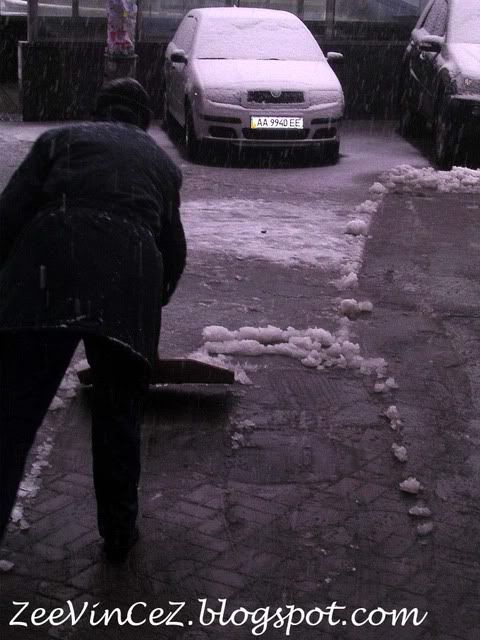

After an hour or so on the bus, we arrived at the Chernobyl affected area. There were lots of military checkpoints and all of us had to be screen before we were allowed to enter. After that was done, our guide conducted a briefing which includes details and information on Chernobyl, and most importantly, the safety precautions. We were told to keep off the particularly radioactive moss, to watch where we put our hands, not to wander off into the open fields and to stay away from food grown area. At the end of the briefing, we were asked to sign a declaration form which states that it is of our own will that we chose to come on this trip and we shall not hold anyone else responsible in the event of any mishap.
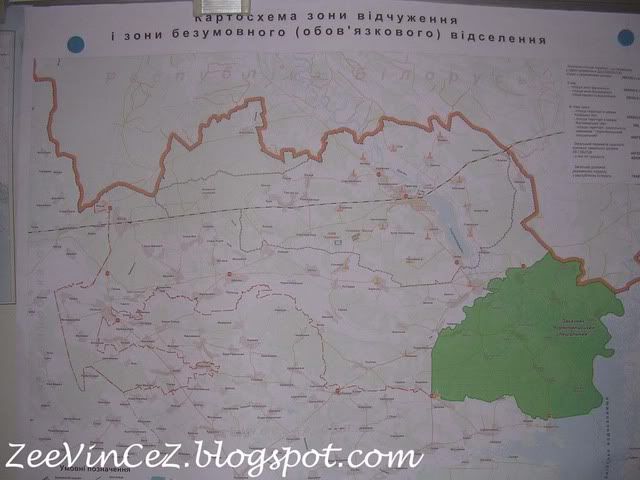
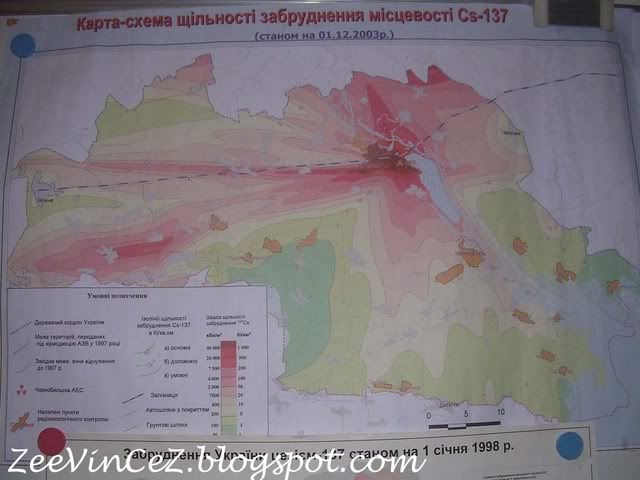
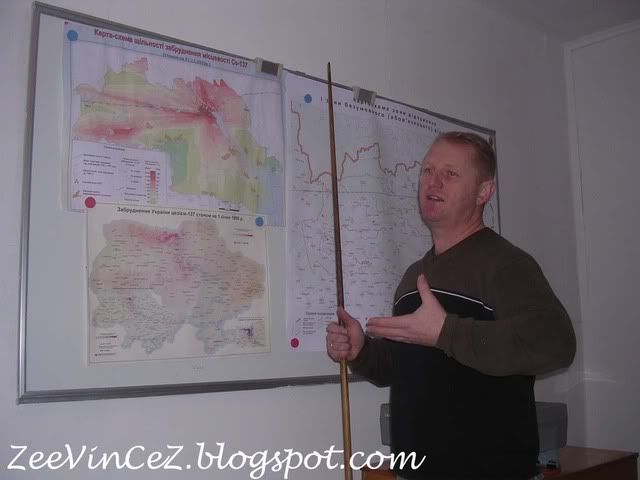
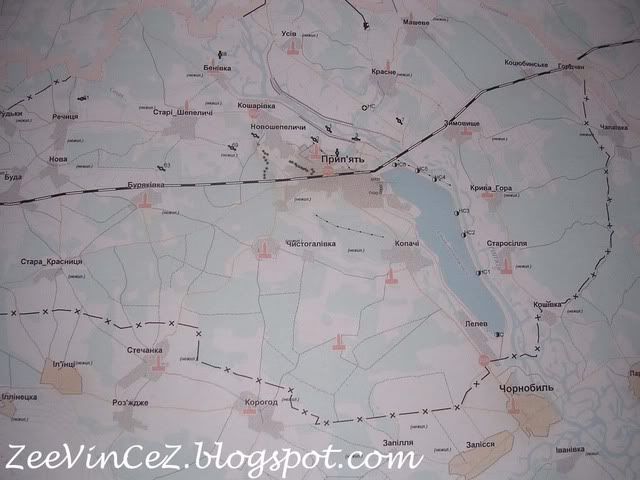
On the walls of this briefing room were many pictures taken during the initial days of the accident. Many were pictures of vehicles that were used during the salvation. They now sit in cemetery of military machinery. Access was forbidden by the government starting april 2008. If I had come here half a year ago, I would still be able to visit it.


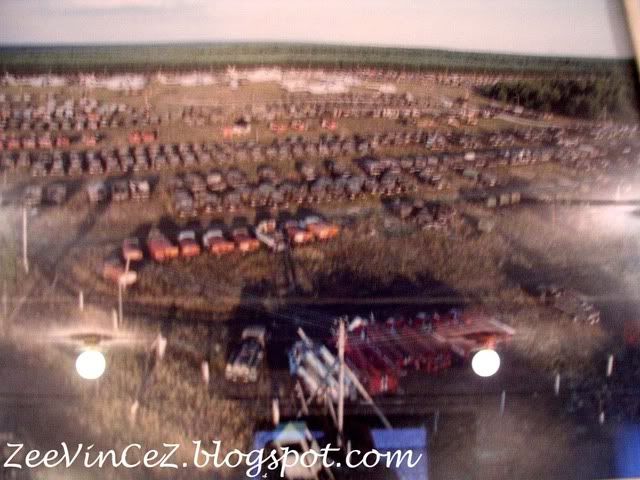


The first stop of this visit is to the monument to the 29 firefighters (the initial liquidators) who died in the weeks after the disaster.
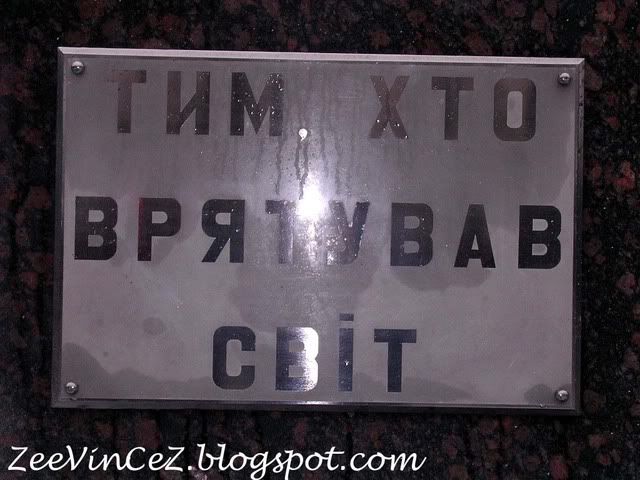

I can't really remember what the globe at the top of the monument was suppose to mean but it certainly had something to do with world effort.

Pay attention to the expression of these firefighters. They all look very depressing.
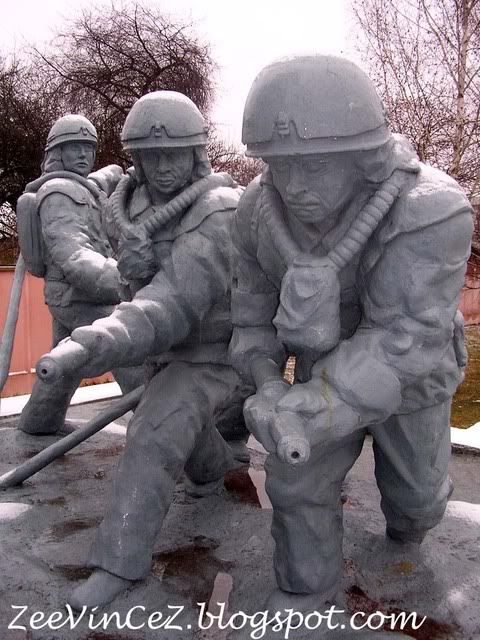
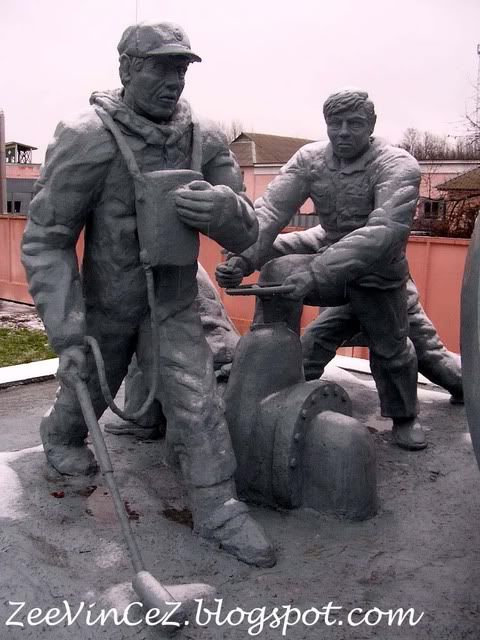
Especially him.
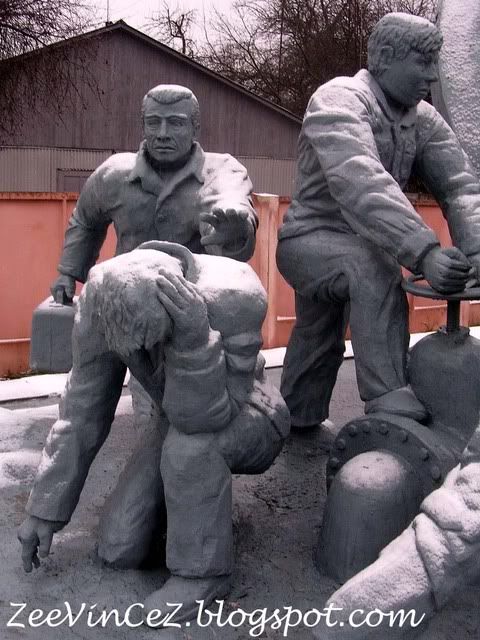
Next, our guide showed us the overview of Chernobyl area. There are indeed many nuclear plants here.
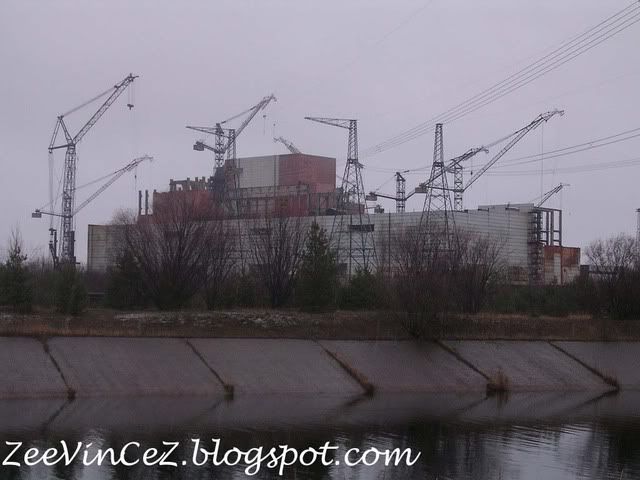
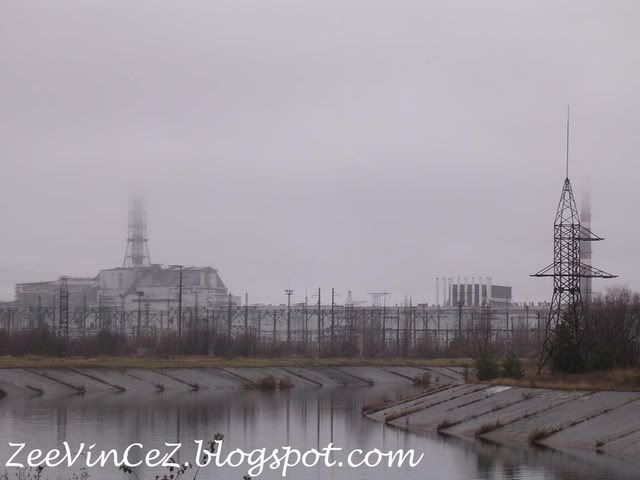
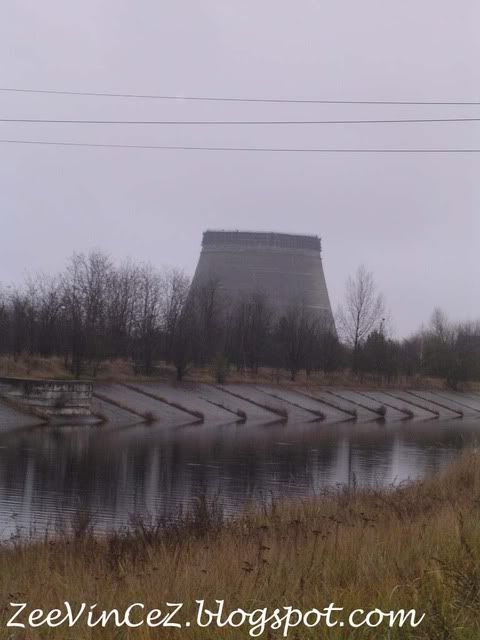
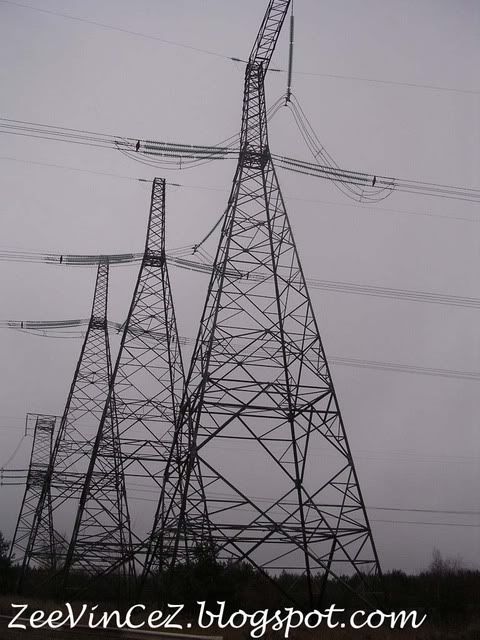
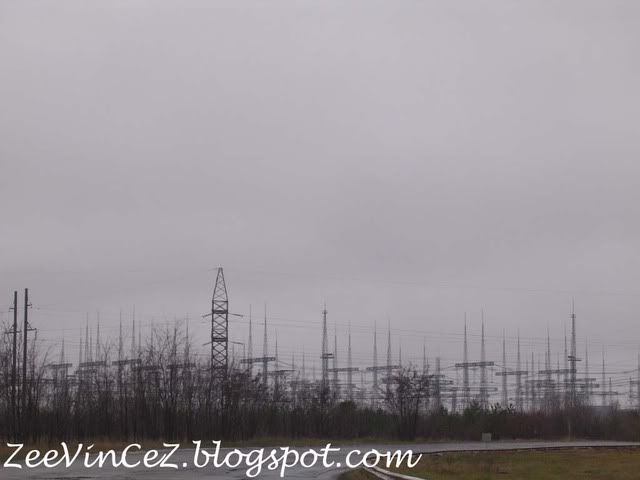
Our guide showing us the radiation level of the grass. Remember this number.
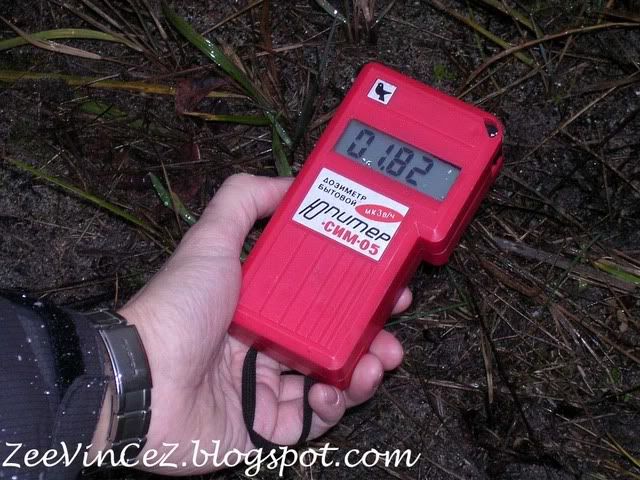
Next, we went on to visit the infamous Reactor No.4. This was where the disaster happened. A monument outside the reactor.
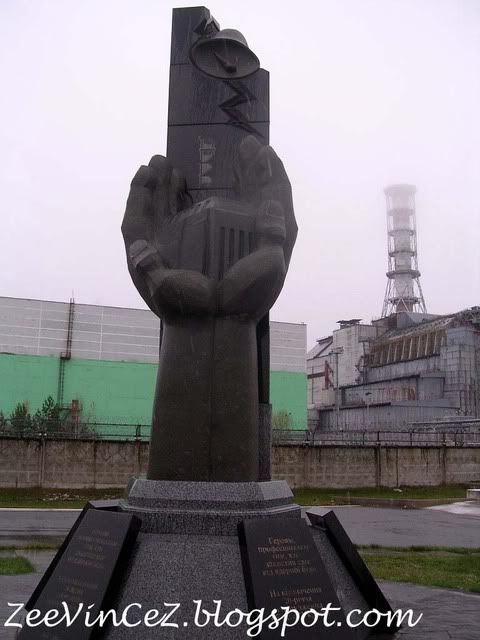
After the accident, the damaged reactor and 180 tonnes of radioactive mess were hastily enclosed in a concrete and steel sarcophagus as an effort for containment. However, nobody really know the state of the radioactive core inside the ruined reactor and it was not long till that hastily built sarcophagus begin to crumble. But it was not till 2007 that a deal was finally signed to begin building a secure new steel covering. This shelter cost $1.7 BILLION and should be completed by 2012. The following picture depicts the infamous Reactor No.4 and its sarcophagus.
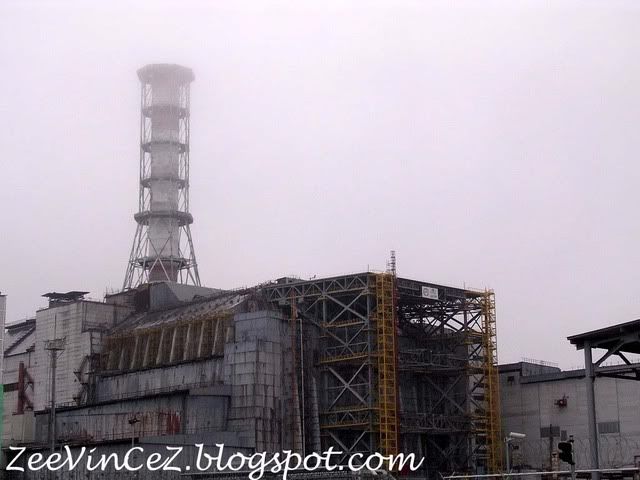
This is me in front of Reactor No.4.
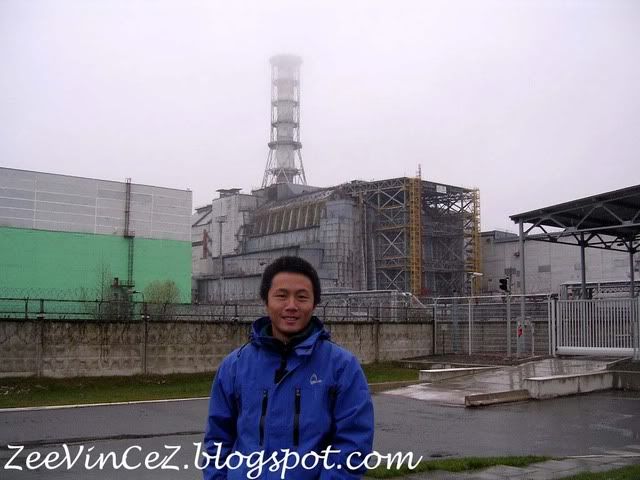
This is me holding a radiation level reader in front of Reactor No.4. Level of radiation, 3.75.
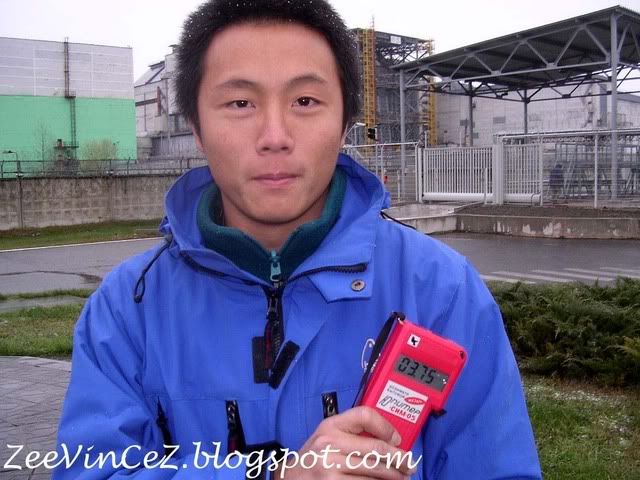
Notice that the moment I stretch out my arms towards Reactor No.4, the reading jumps up to 5.05.
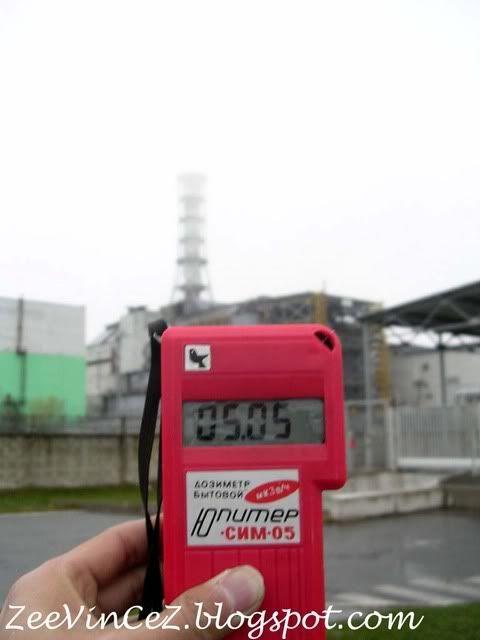
And the reading is still rising. It is 5.54 now. The level of radiation went up by almost double just at one arms length distance. I cant imagine the amount of radiation inside the reactor. It must be ridiculously high.
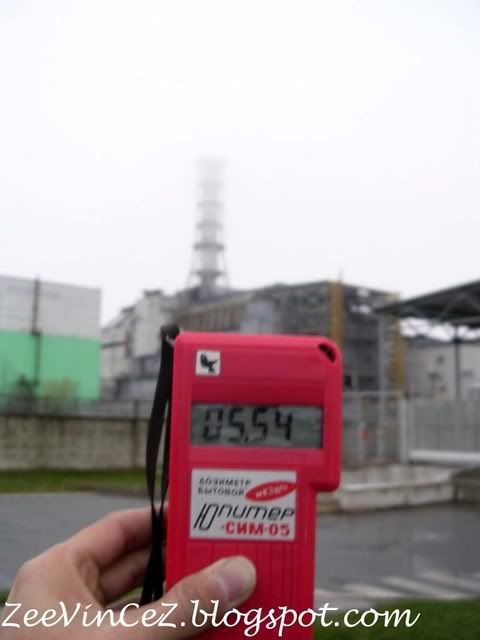
Since this place will be not usable for many many years to come, they decided to build all these pipes which brings water for the workers here above ground rather than underground. Why bother about the beauty of the place anyway? There is no need to. God knows how long these half-lives are and how many half-lives it takes for this place to be usable again .
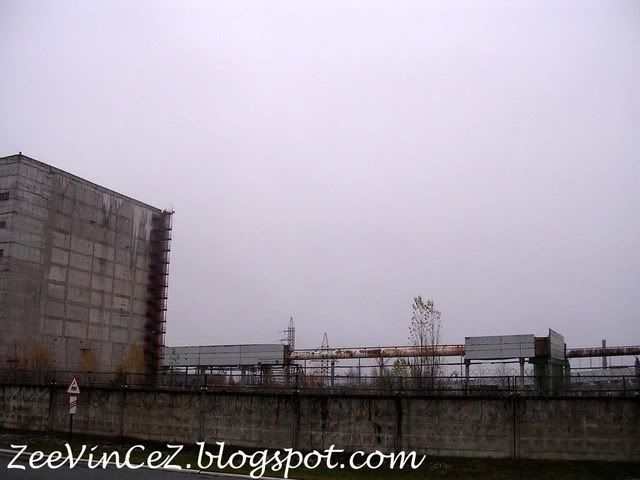
The next place we went to is the ghost town of Prypyat. Despite the close proximity to the incident site, The residents weren't evacuated until the next day. Many stood on their balconies to watch on the night of the explosion, wondering what had happened.
This town was very young when the disaster happened. Just like any newly built neighbourhood, many young couples moved in and thus many schools were built in this neighbourhood for this purpose. Sadly, disaster had to strike this town and everyone were evacuated. Thousands of young families were affected. They left in such a hurry that they did not bring anything along with them. It was also partly because the government told them that it would be temporary and they would be be able to come back within days. However, days turned into weeks and weeks became months. Before they knew it, they had lost everything. No matter how many times the authorities tried to washed down this neighbourhood, the radiation level remained dangerously high. Prypyat remained emptied till date.
Since there were many schools in Prypyat, our guide brought us into one which is safe enough for us to wander around.
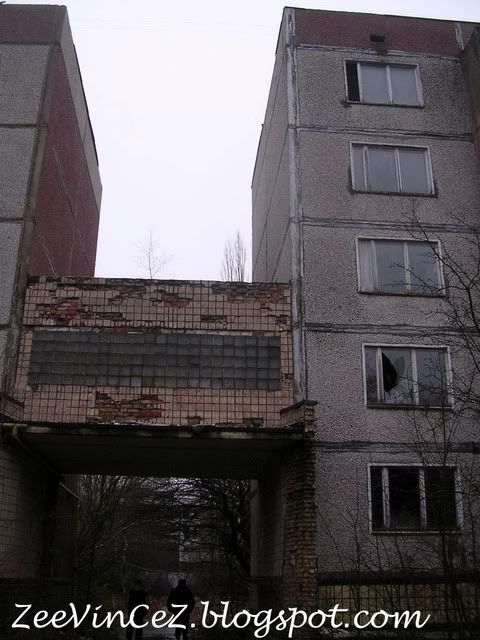

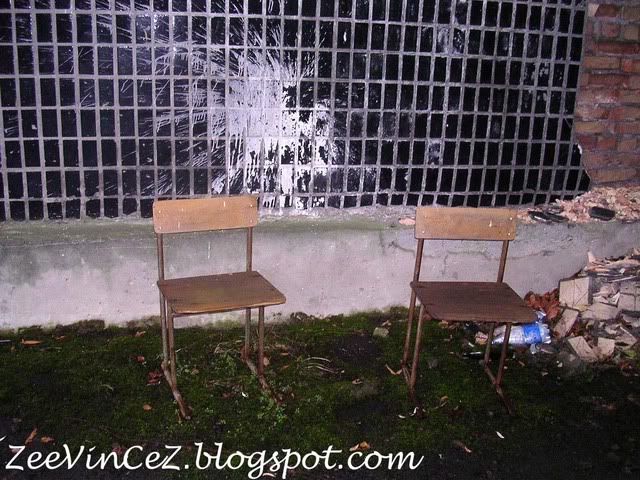
Having said so, our movements were still being monitored. A soldier followed us everywhere we go. His job was to ensure that we do not put ourselves into danger.
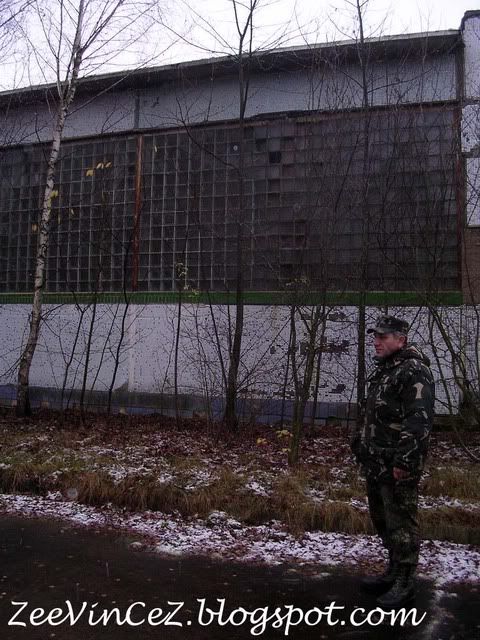
I will be showing tons of pictures I took around the school compound from this point onwards. Try to imagine yourself in this situation. Explosion the night before, radiation material in the air, kids all running all over, crying, wanting to see daddy and mummy, screams, fear, teacher trying to get things in order, chaos etc etc. Fireman coming in, try to fight the radiation, days after days, weeks after weeks. New responders joined in as those who came before fell sick and eventually died. Imagine the worst case ever.... Imagine....
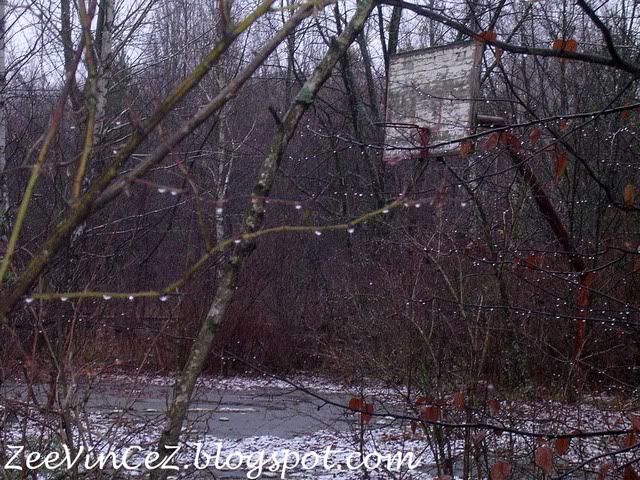

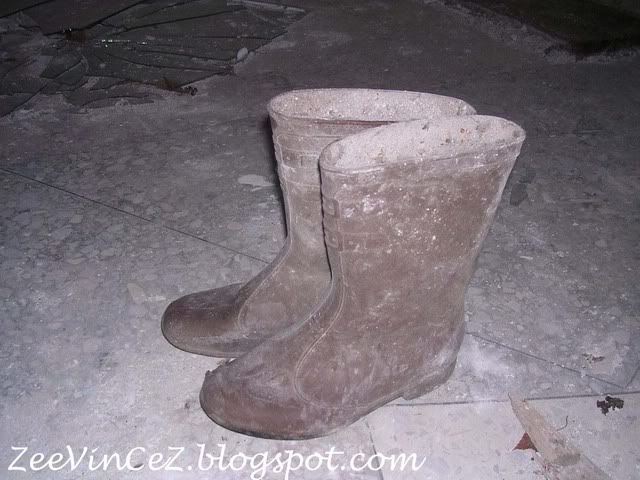
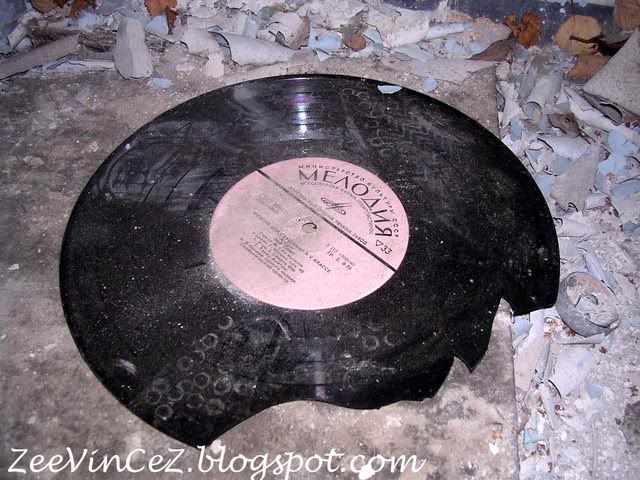
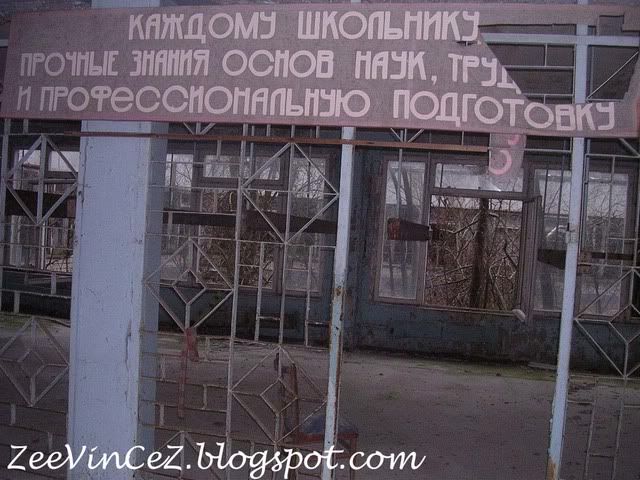

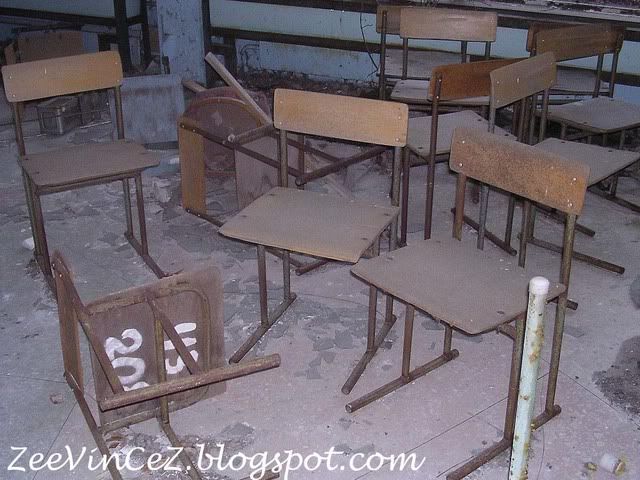
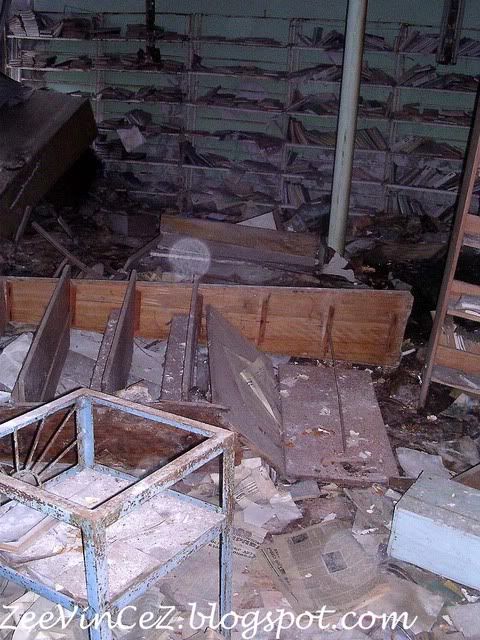
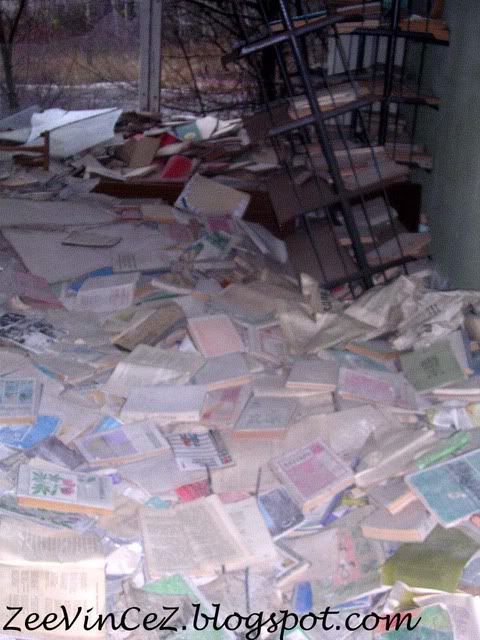
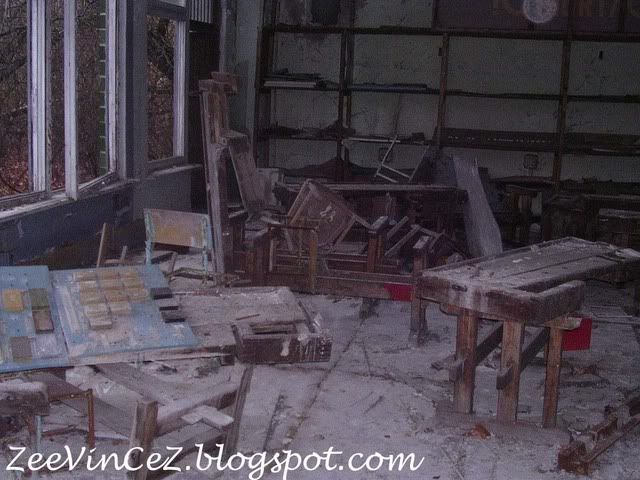
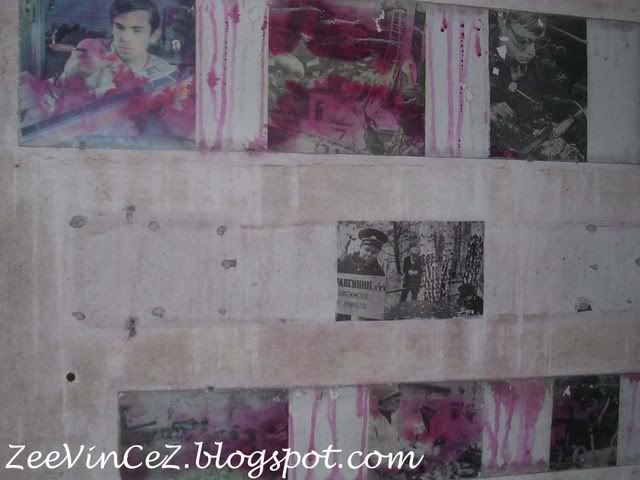
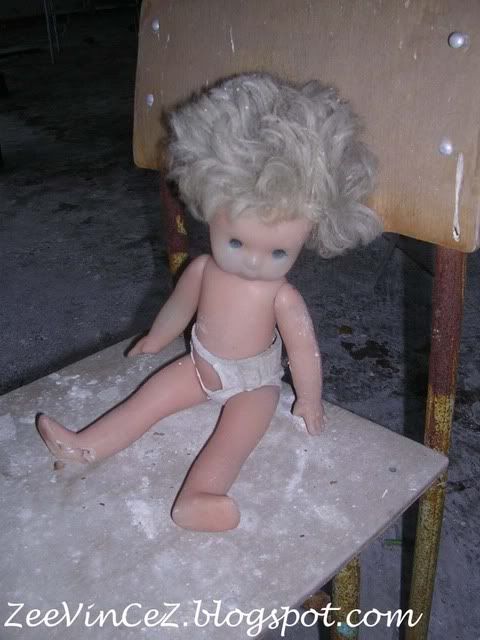
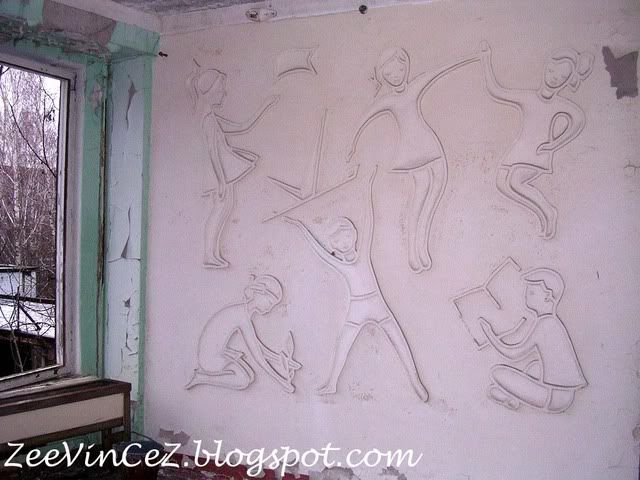
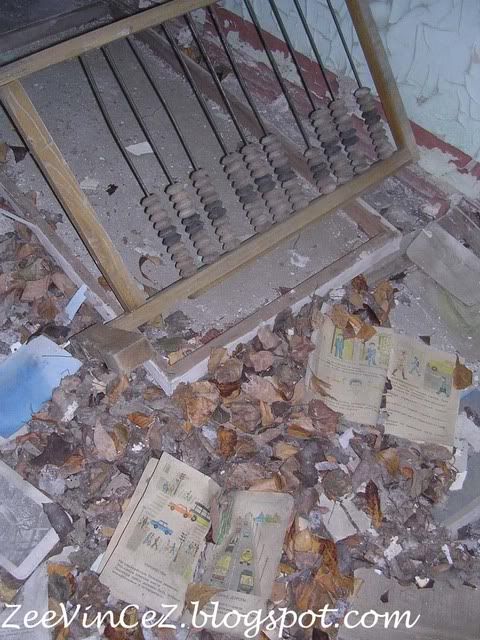
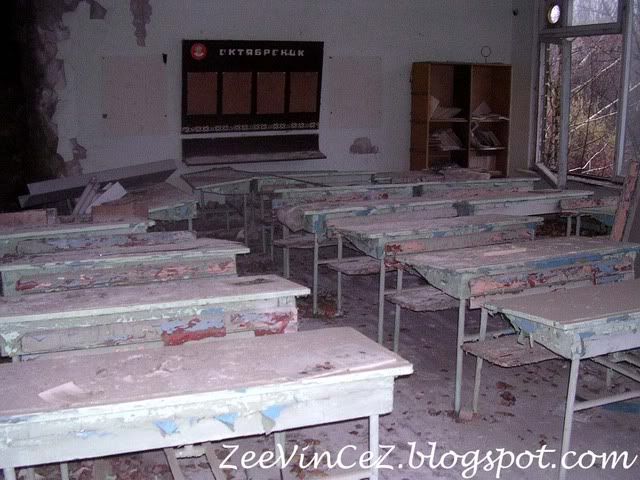
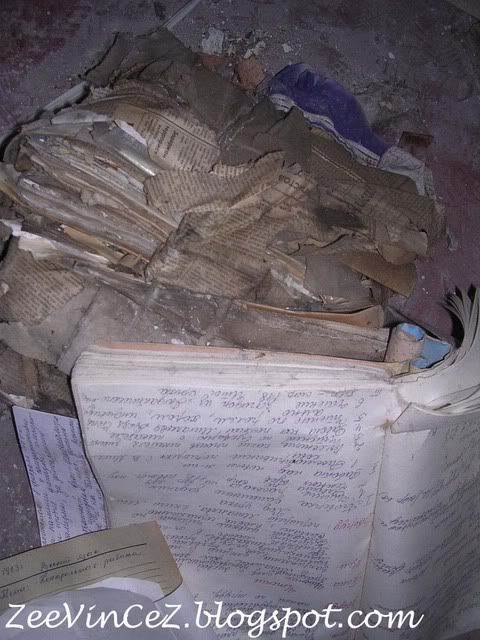

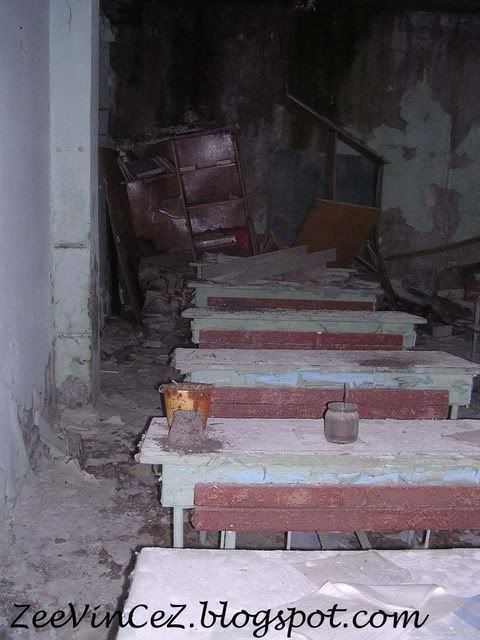


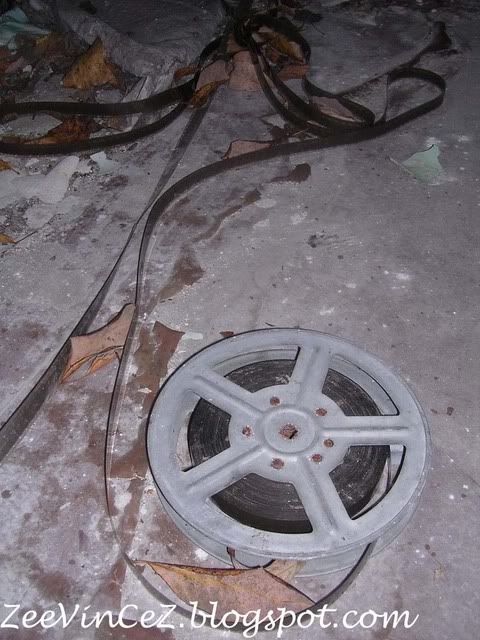
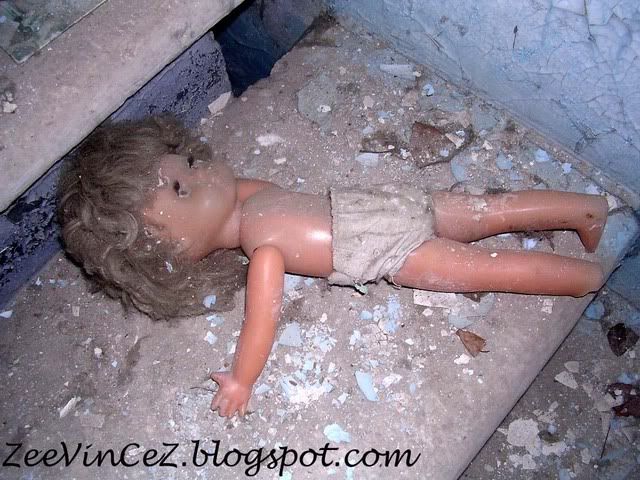
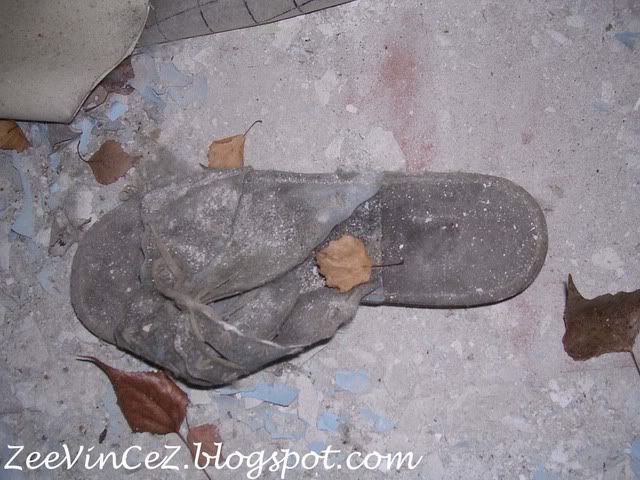
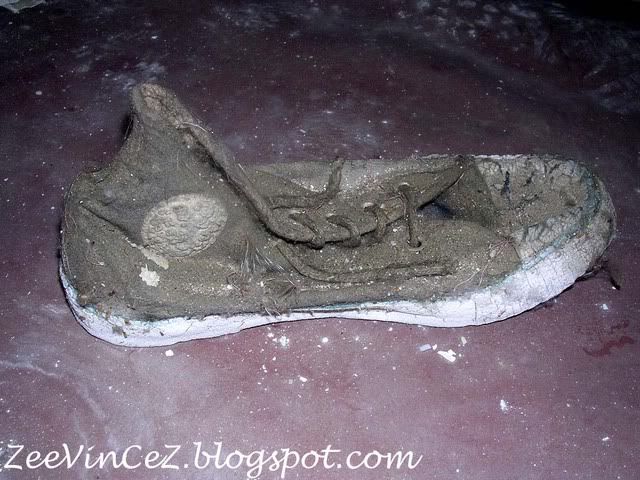

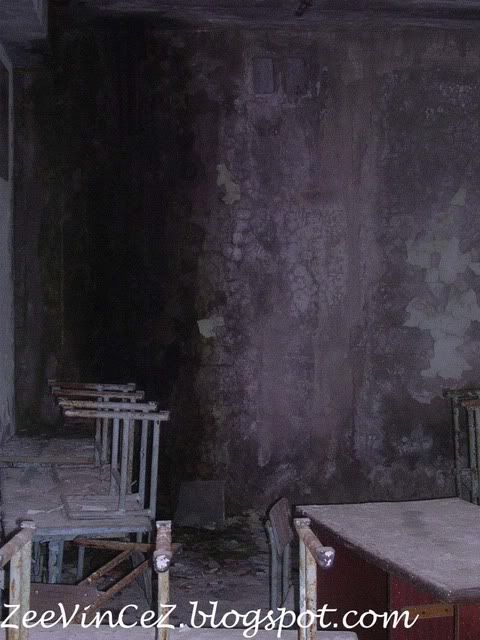
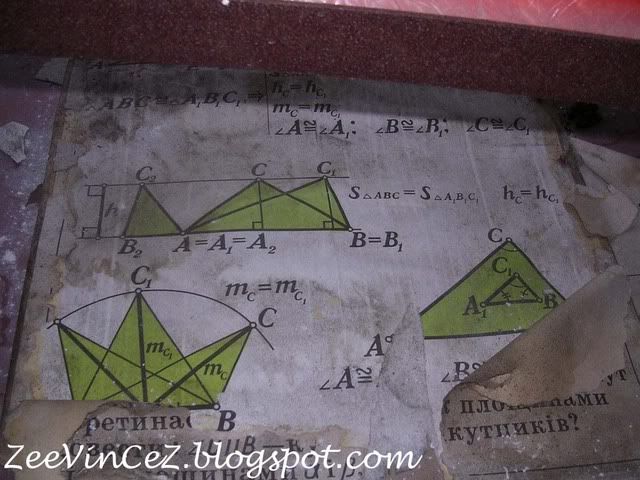
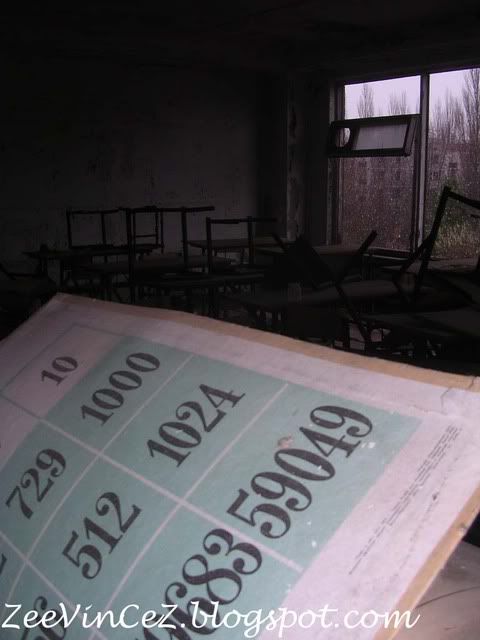
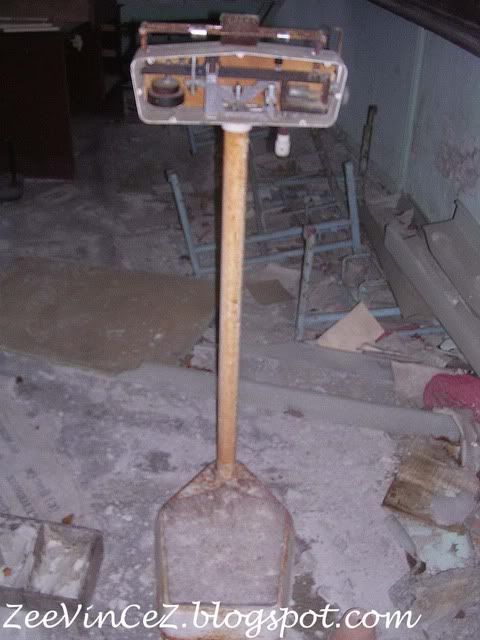
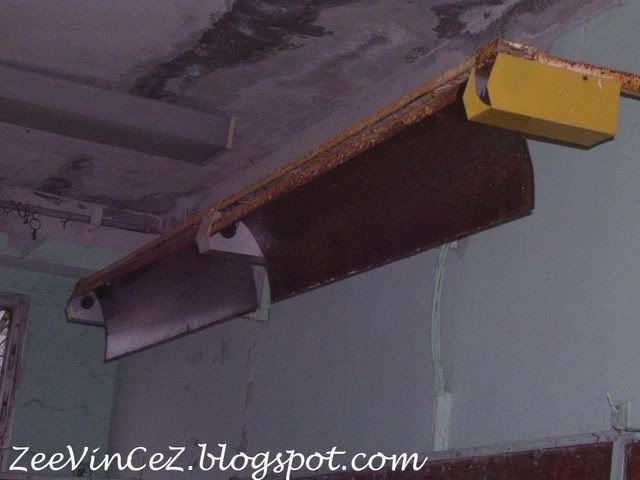
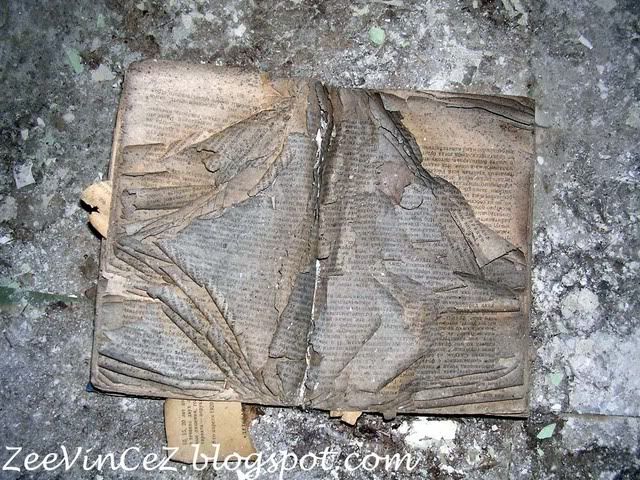

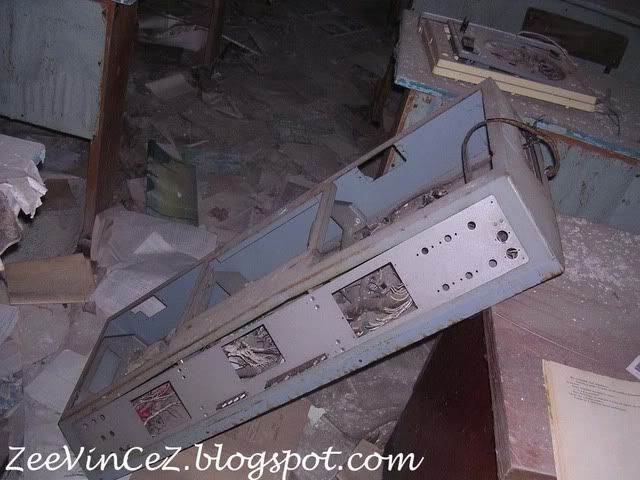
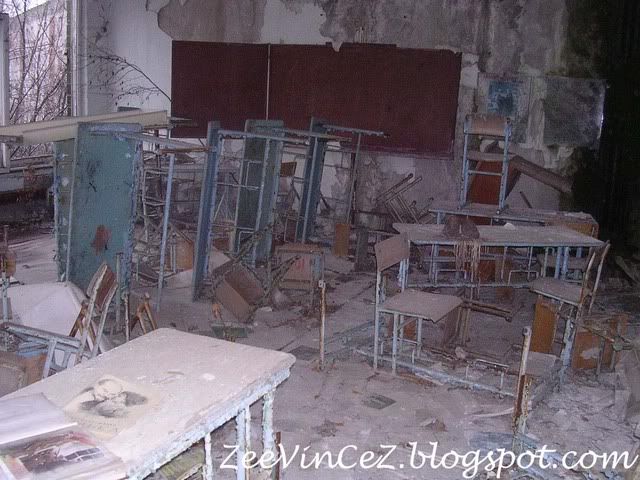
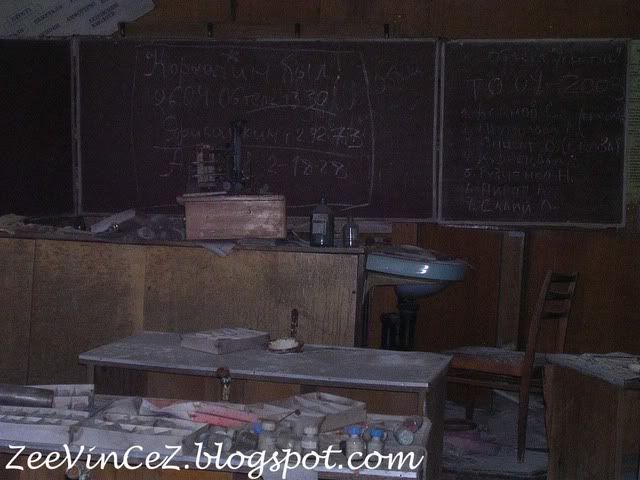
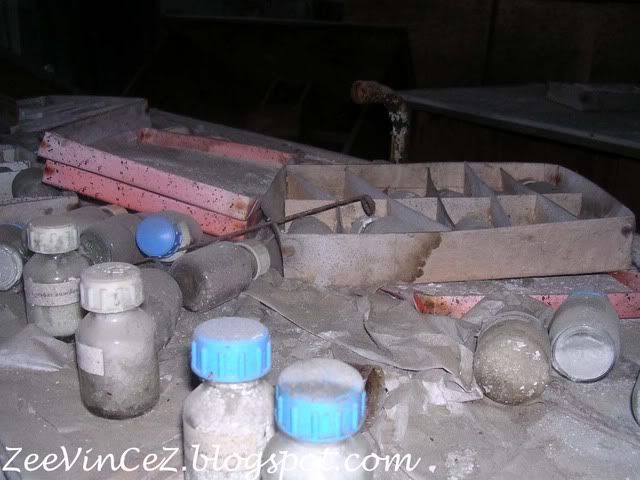
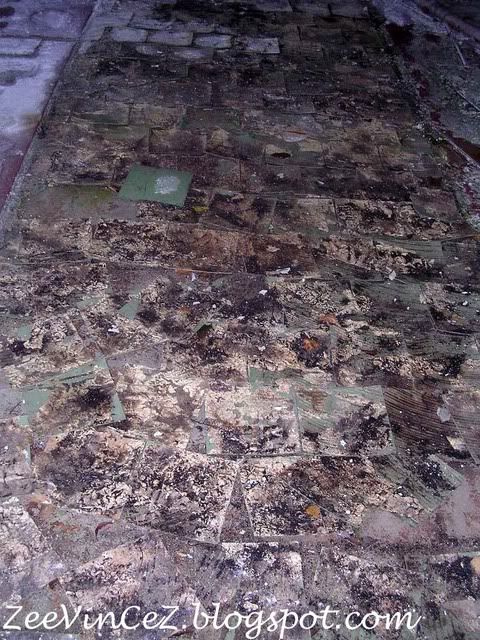
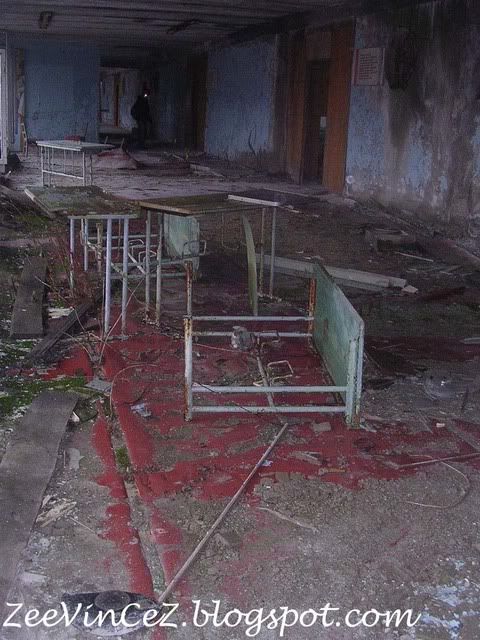
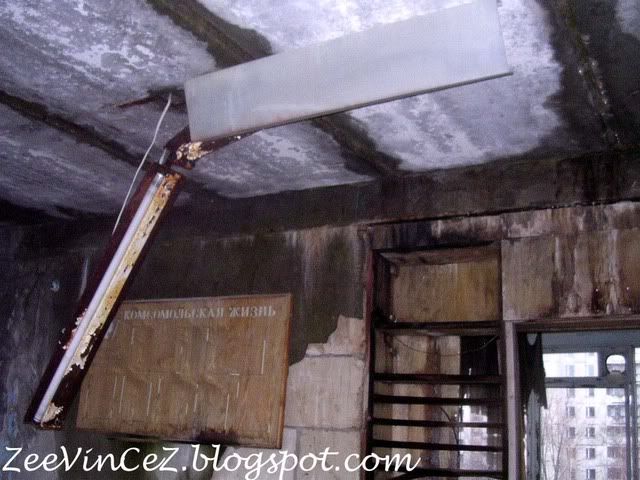
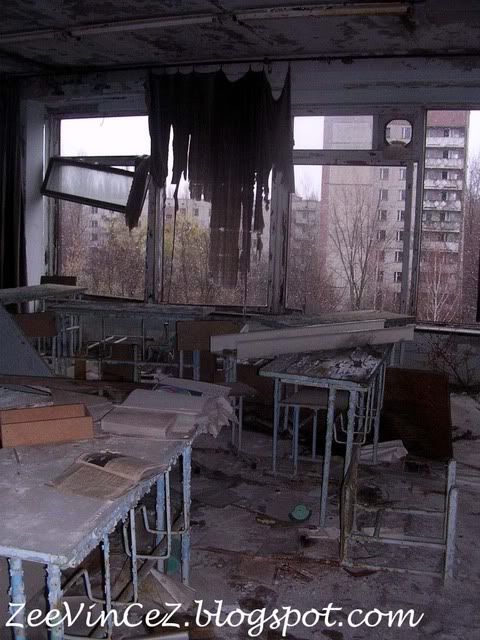
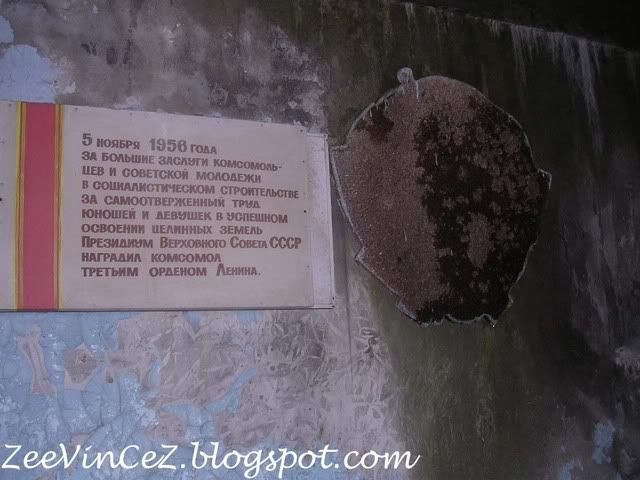
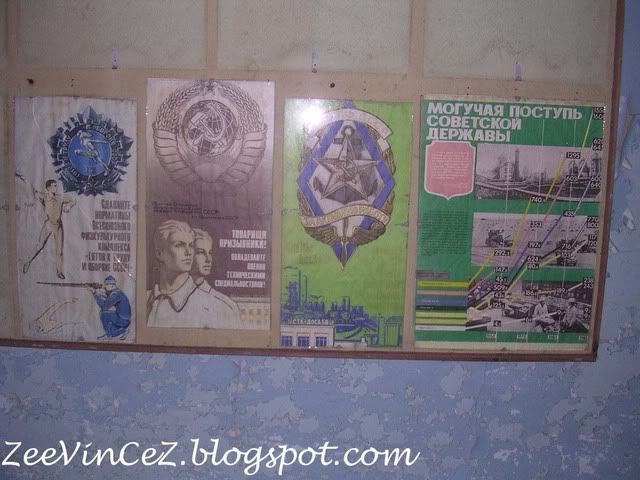
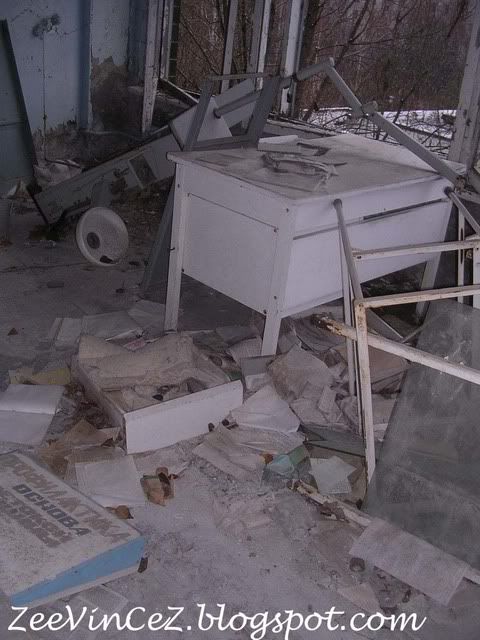
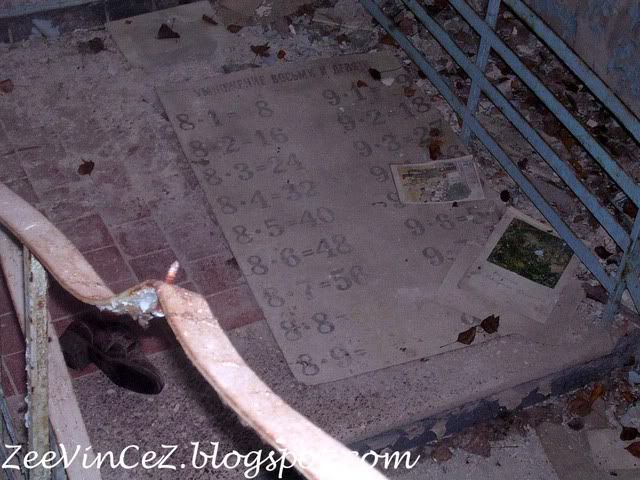
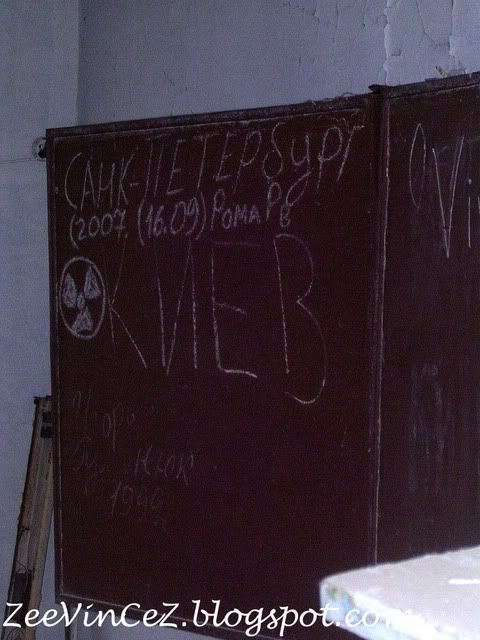
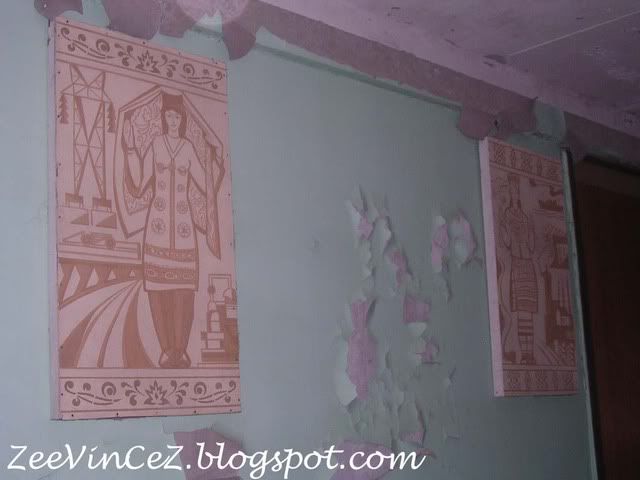
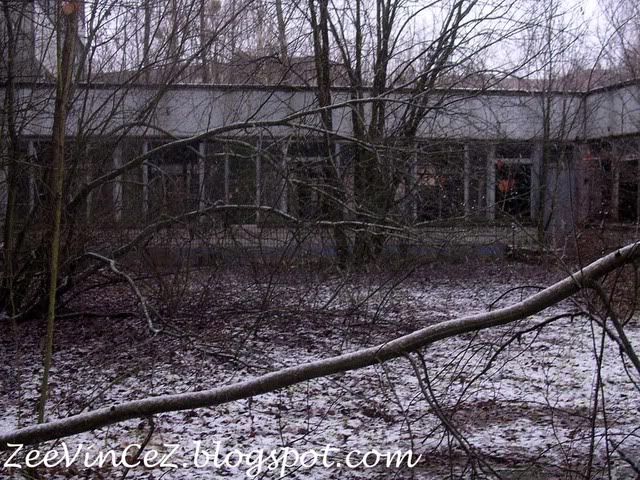
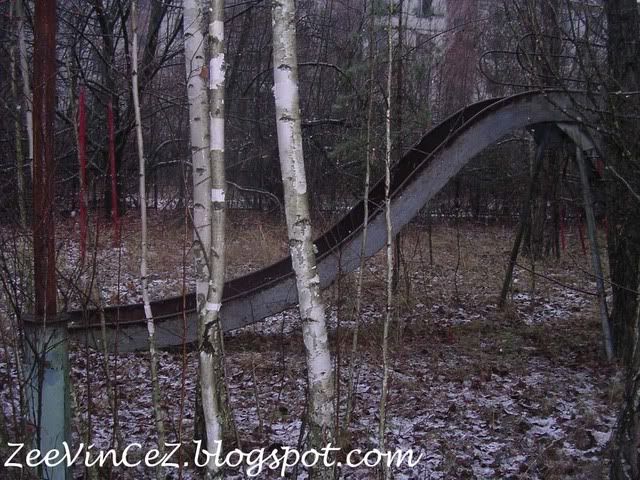
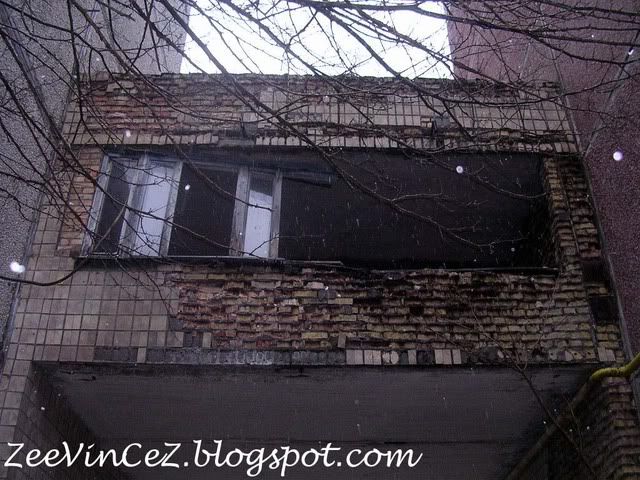
The empty road of Prypyat.
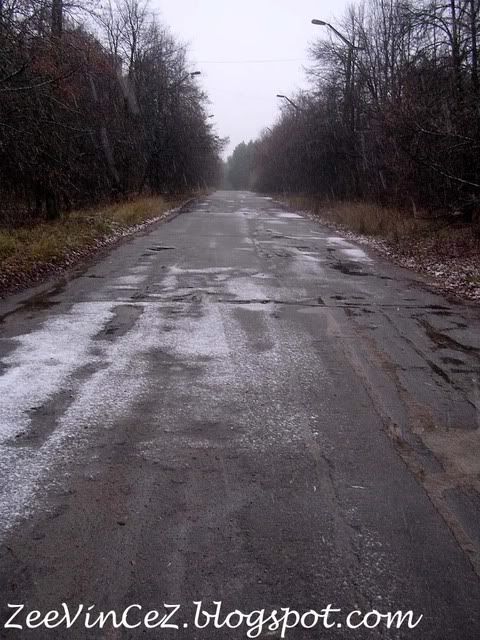
One of the many vacant housing estates.
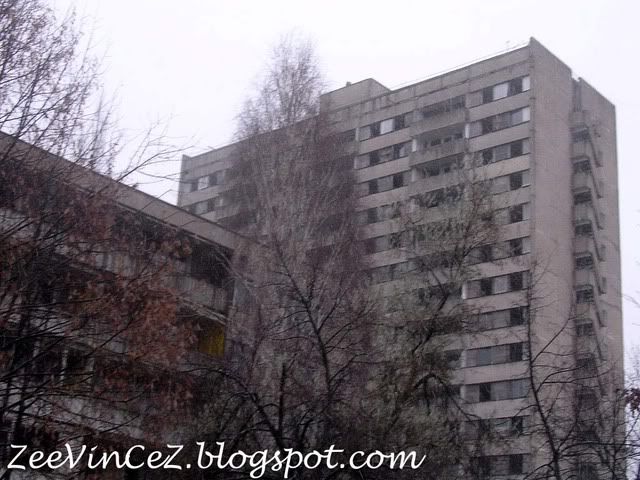
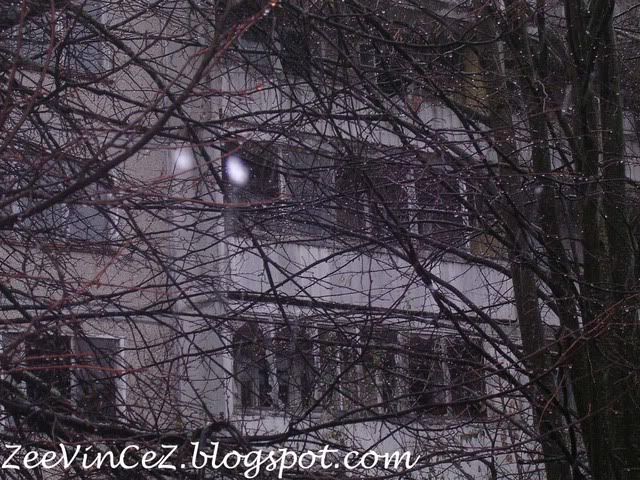
Since this was a young estate, there were also a sport complex.
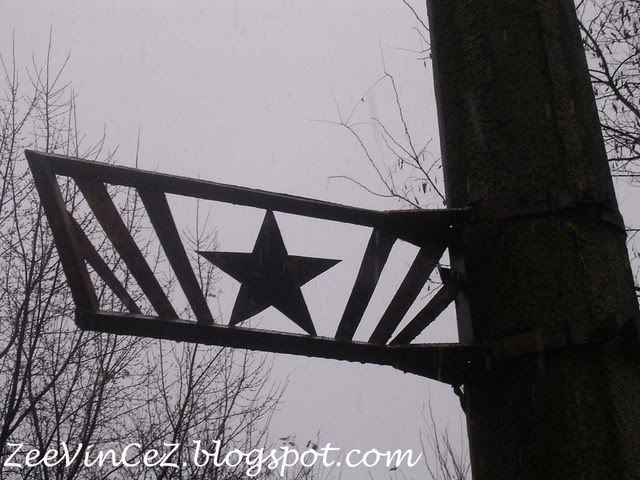
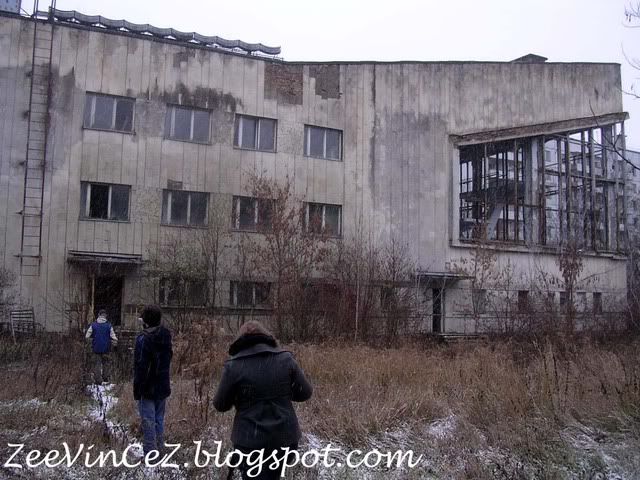
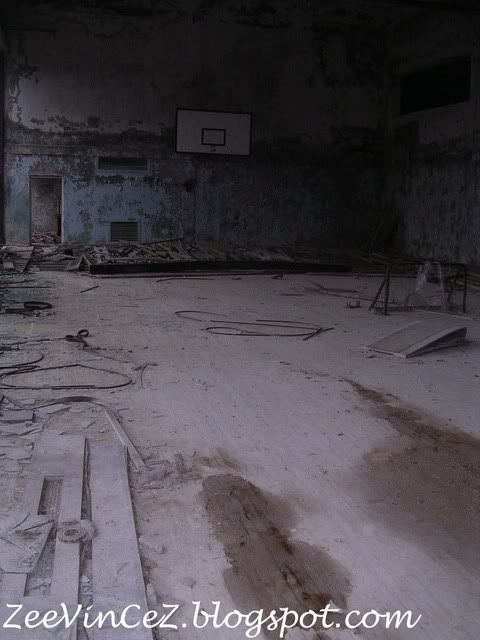
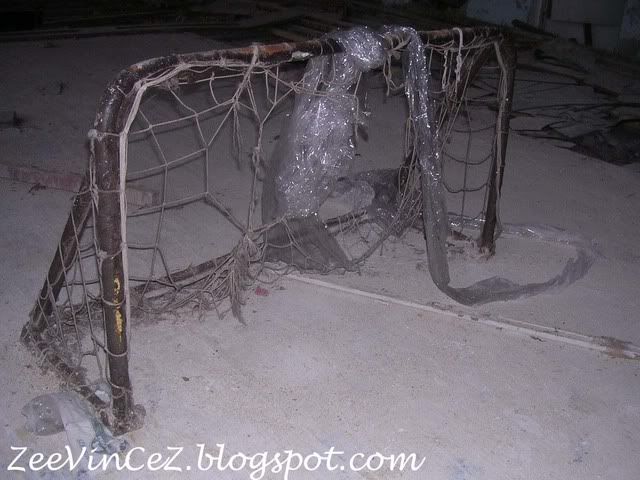
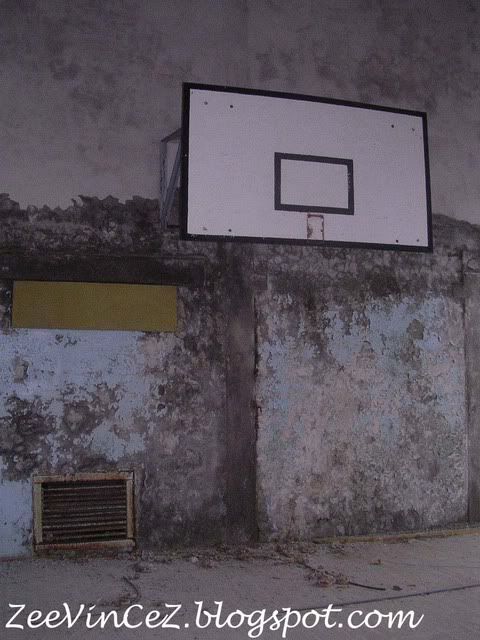

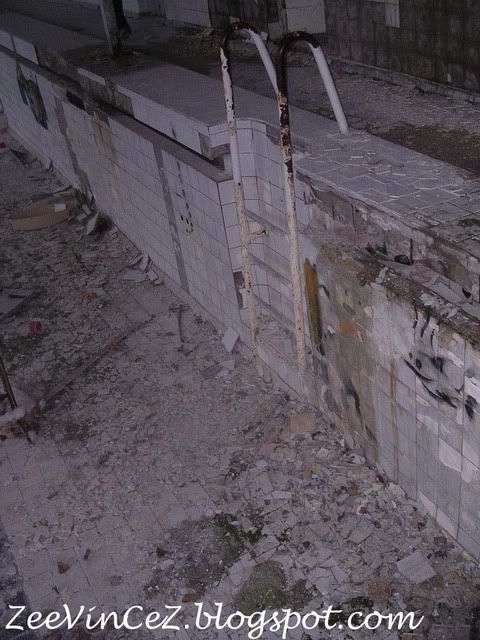
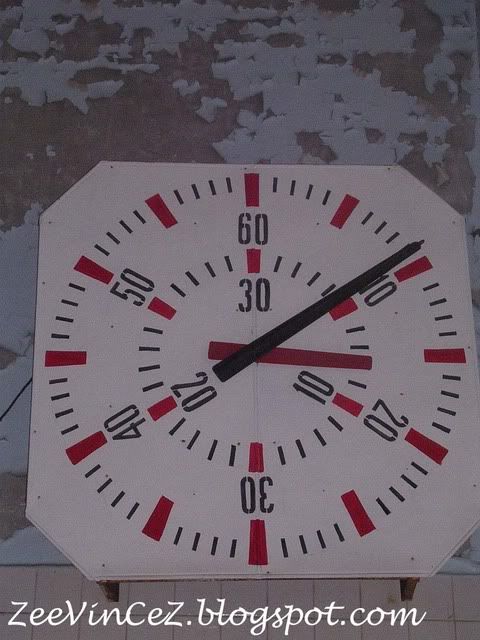
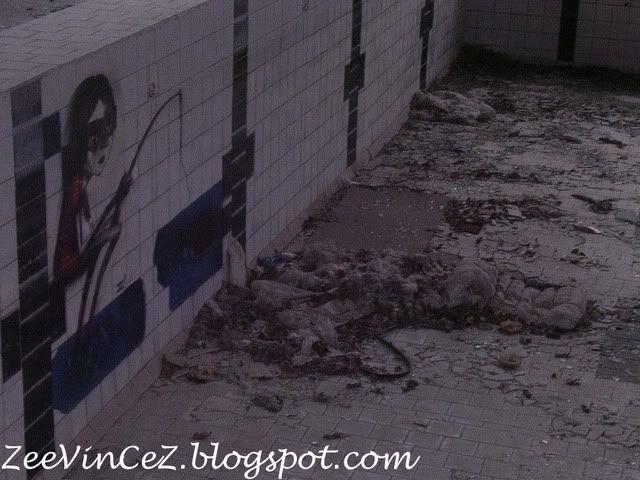

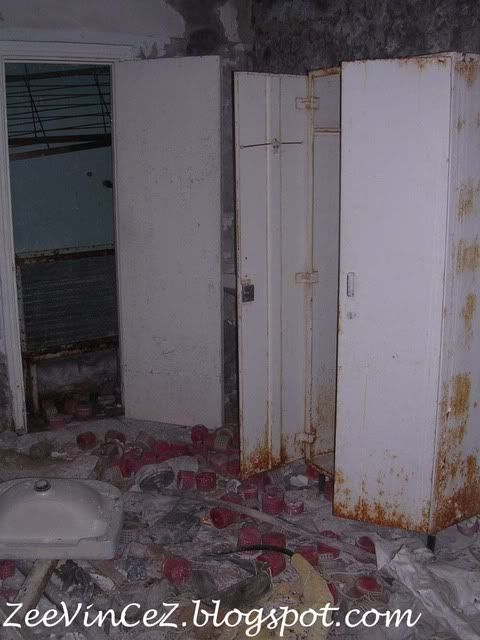
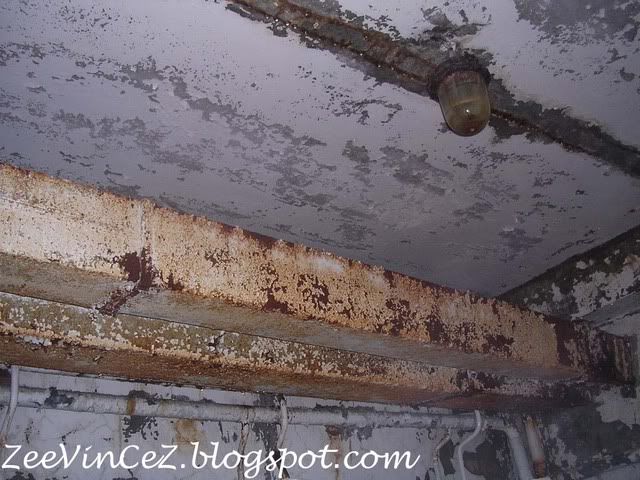
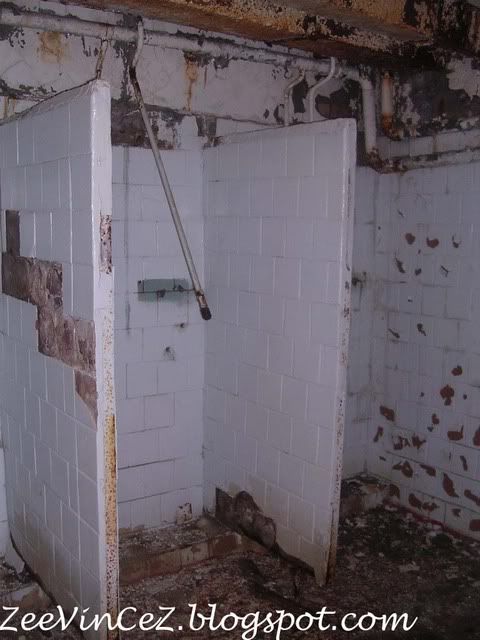
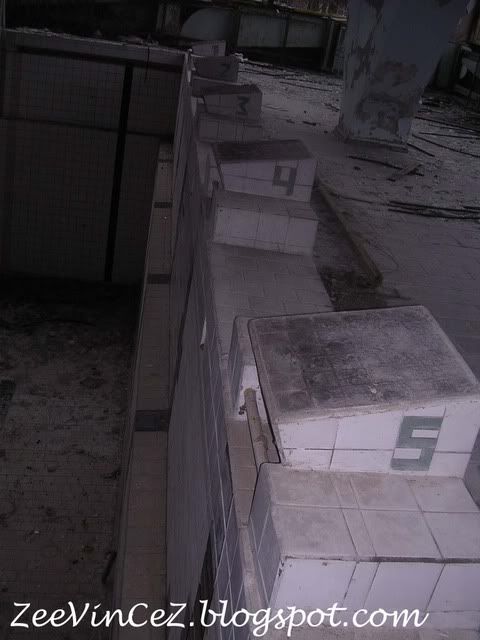
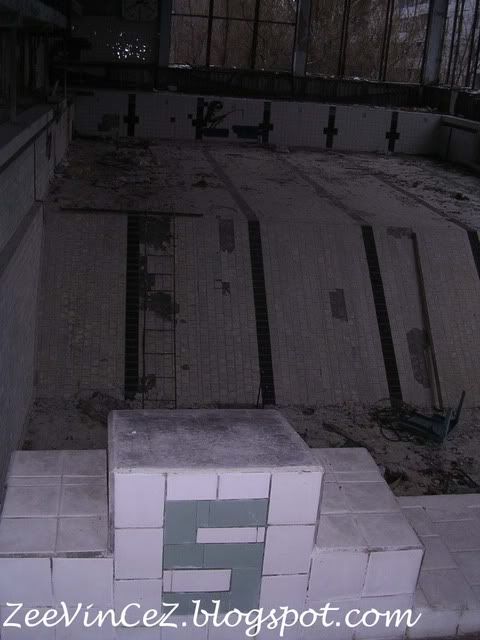

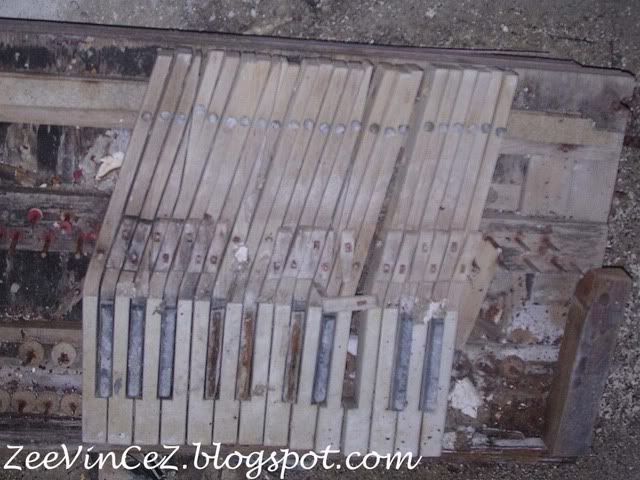
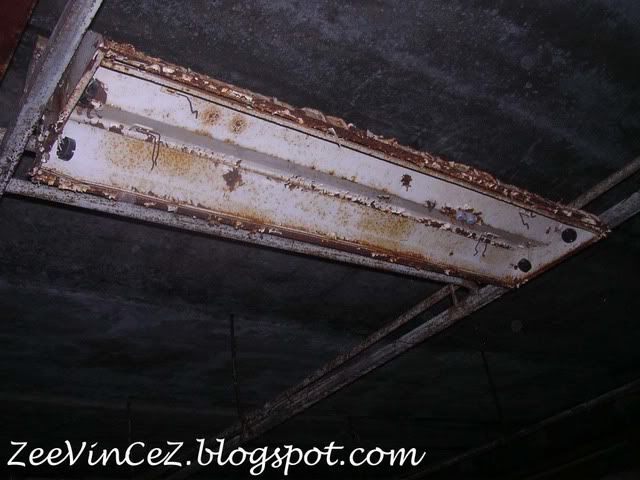

And with so many children around, there was also an amusement park. This amusement park was scheduled to open on the day when the disaster occurred. Needless to say, it never went into operation.
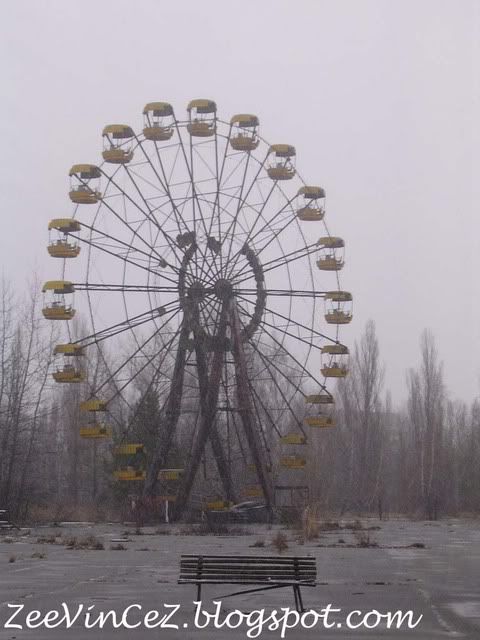

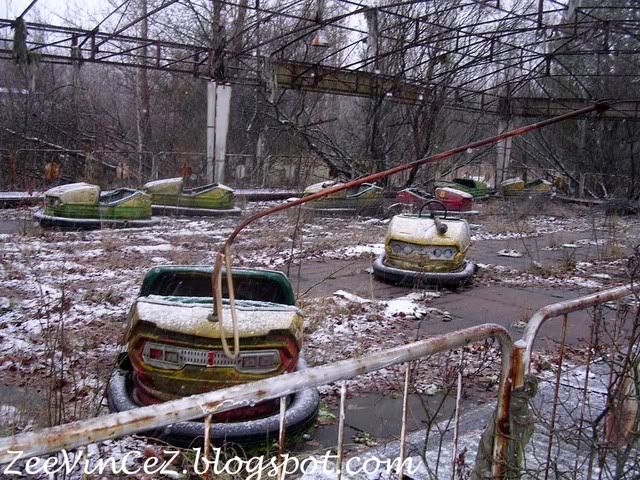
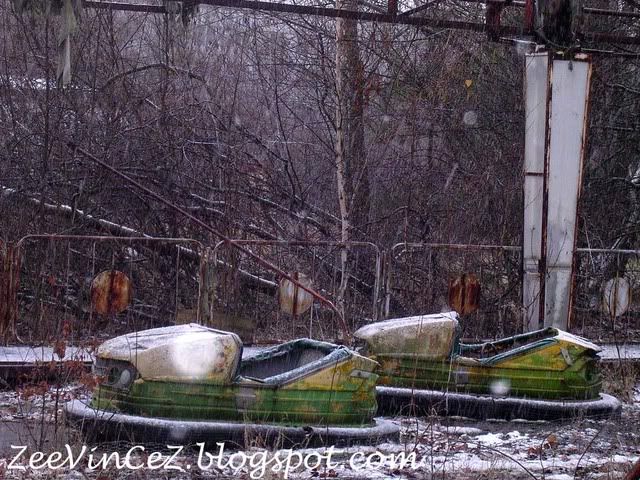
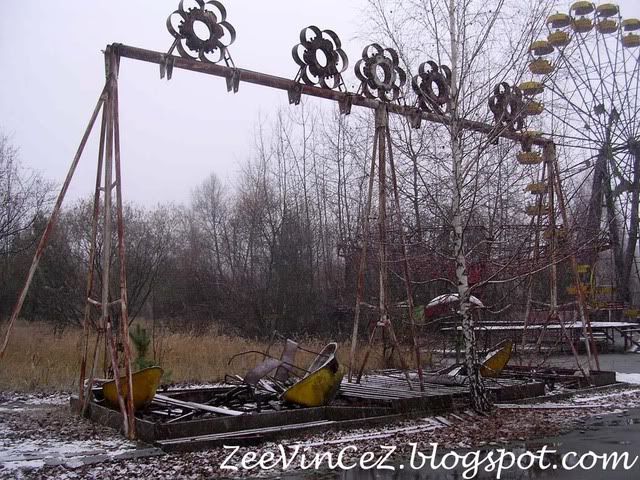
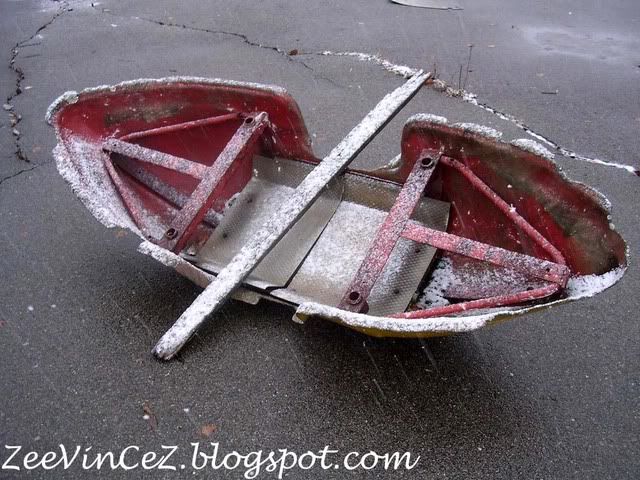
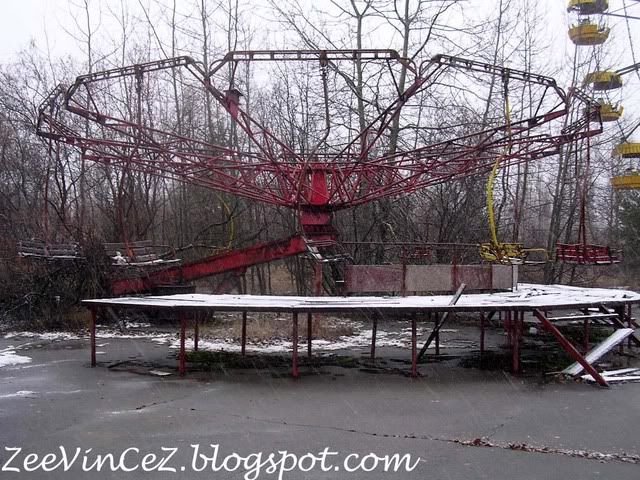
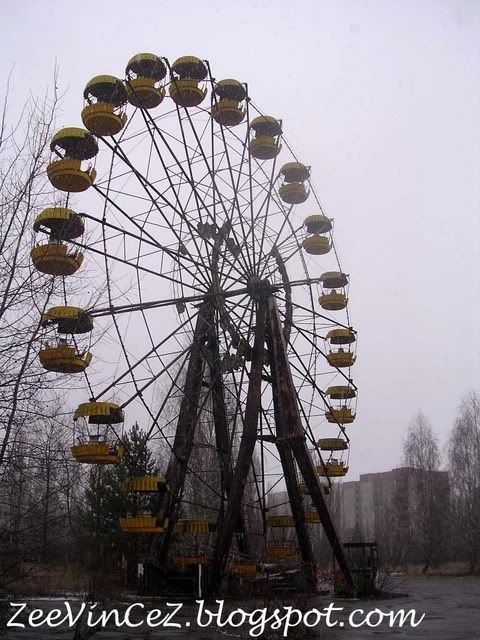
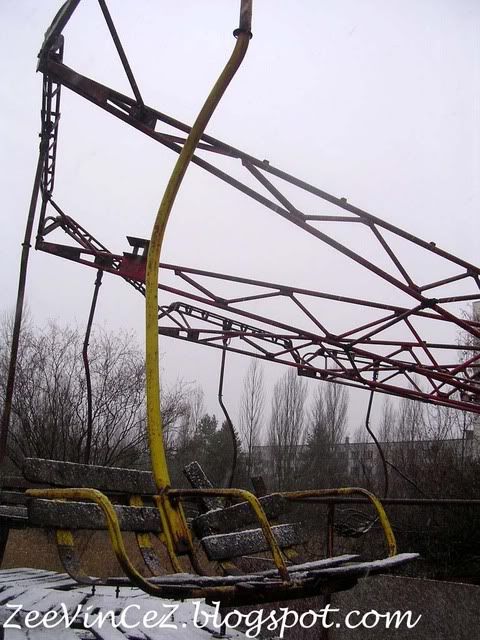
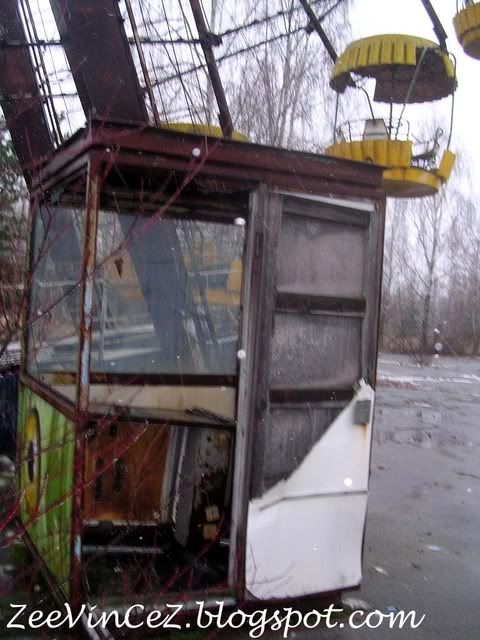

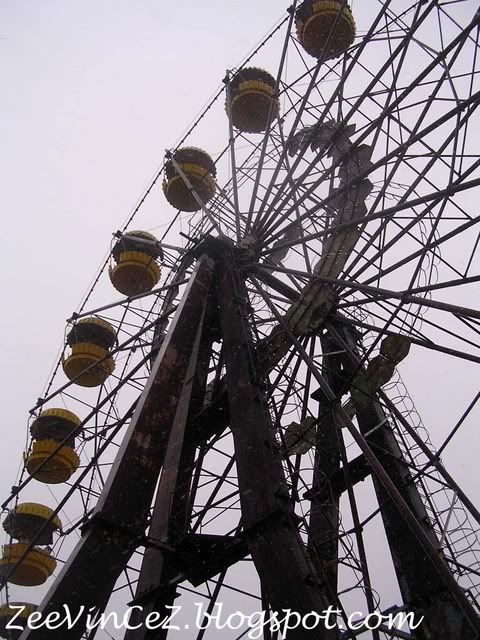
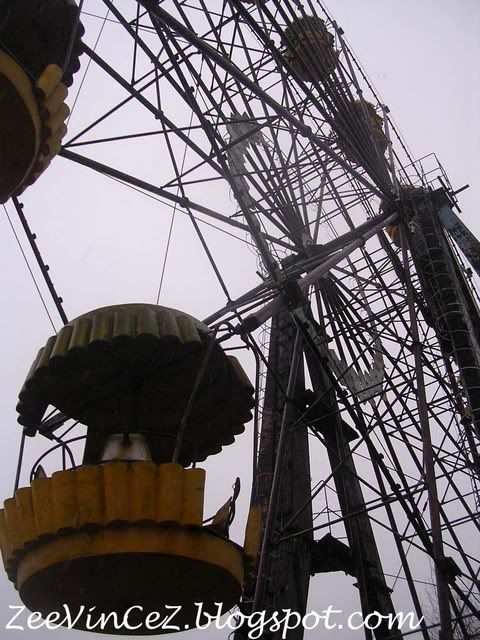
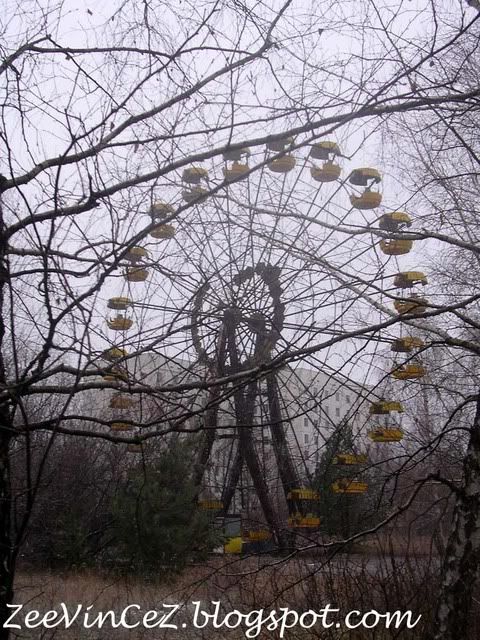
More pictures taken around this neighbourhood.
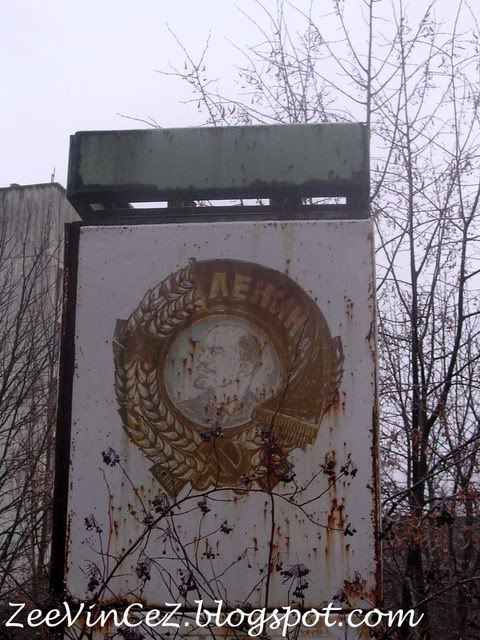
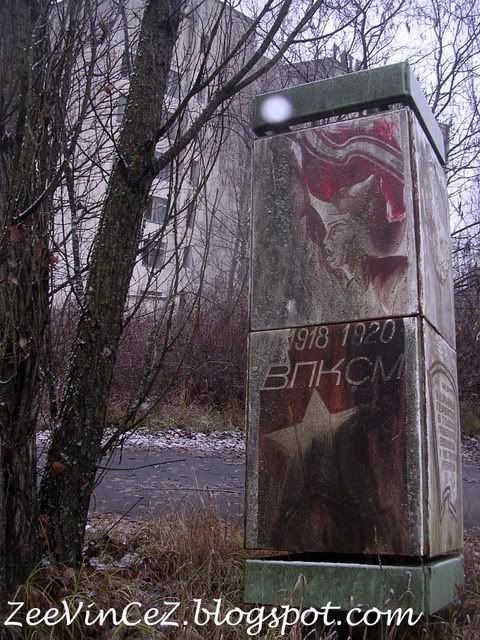
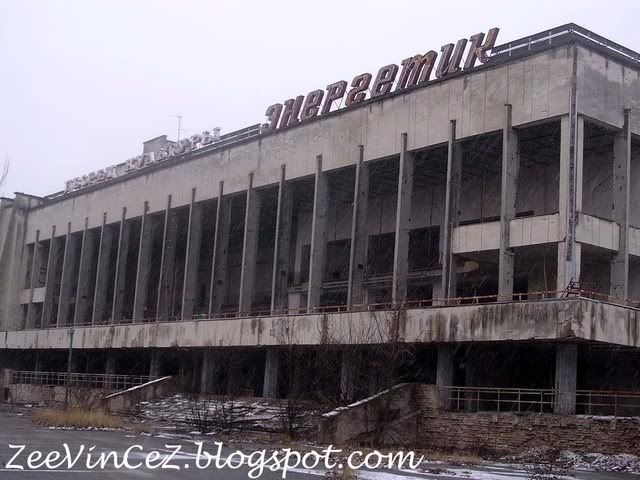
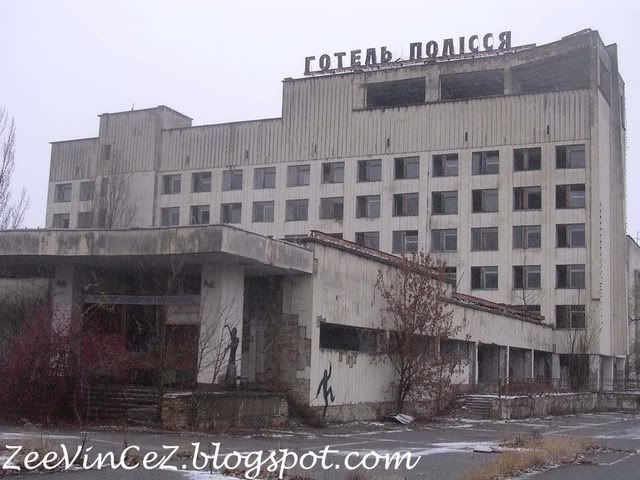
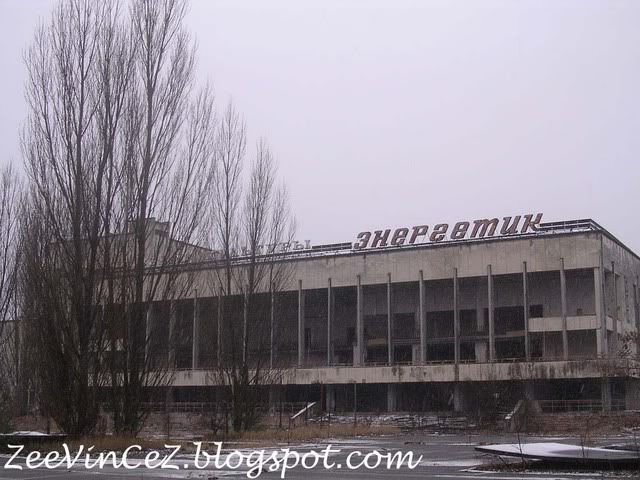

After the site visit, we went back to the HQ building for a late lunch. But before we were allowed to do that, we had to measure the radiation level of ourselves. We were also instructed to wash our hands. This is just a primary check.
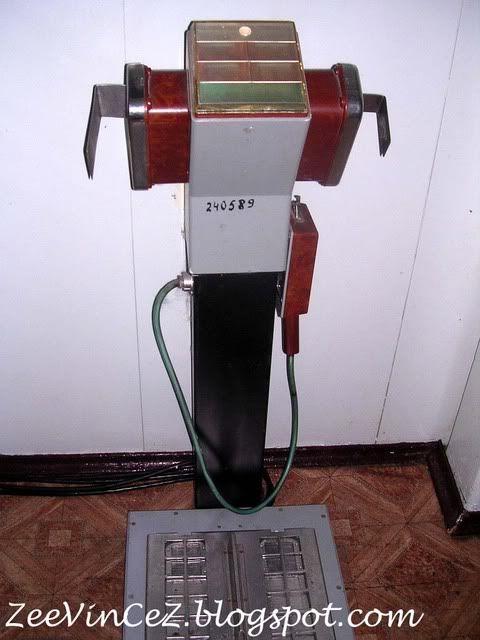

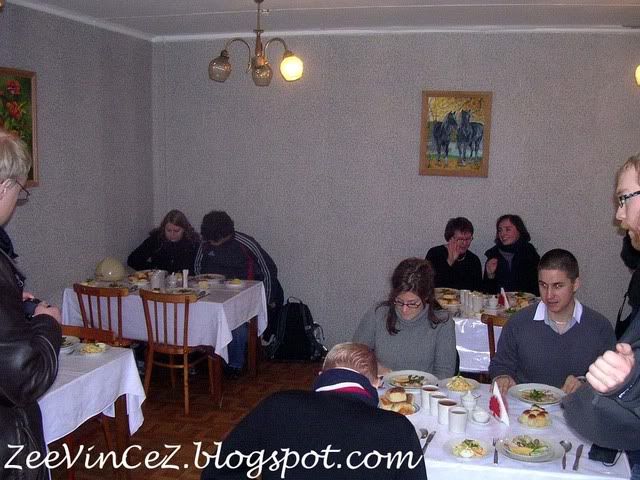
Then prior to leaving the whole Chernobyl affected area, we had to go through a more thorough check for contamination. Those contaminated were not allowed to leave this place.


What I had seen today is just one of the affected places of this disaster. Today, the long term effects of the disaster are still being felt and assessed. The most obvious impact has been an upsurge of thyroid cancer in children, with nearly 2000 cases reported. Studies suggest that of the 600,000 responders who went in to clean up the site, more than 4000 have died from exposure and 170,000 suffer from terminal diseases. Furthermore, some 35,000 sq have higher than normal radioactivity level. Silt carried down the Dnipro, biggest river in Ukraine, is radioactive, although the extent is still not fully known. Birth defects, suicides, deaths from heart disease and alcoholism are also unusually high in the region. It is estimated that by 2015, the disaster will have cost the economy $200 Billion, although, of course, all the figures surrounding the disaster and its tolls are disputed.
Unbelievably, Ukraine is one of the only countries in Europe still constructing new nuclear power plants. It built two new reactors in 2004, and plans to build many more as a way of escaping a dependence on Russian oil and gas.
For more details, please watch the follow videos.
Video 1/6
Video 2/6
Video 3/6
Video 4/6
Video 5/6
Video 6/6
Then I went back to Anna's place, had dinner, took all my stuffs including my main pack which I had left at her place for more than 2 weeks and boarded a overnight train to Lviv. Here's a picture of Anna.
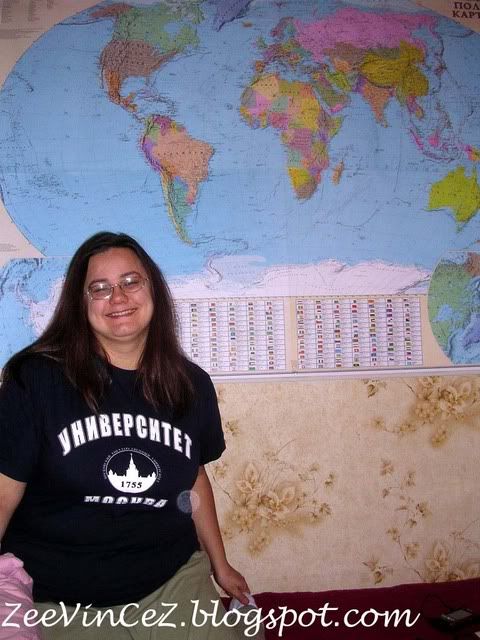
She told me that no matter how hard she try, her eyes will still be close while taking photos. I dont believed. We both tried to scream while taking this shot so that her eyes will be open but still, it did not work.

*Click HERE to return to the Main Page of The Cold Journey.*
Nuclear Power Plant.
What comes to your mind when someone mentions Nuclear Power Plant?
Nuclear reactor accident.
What comes to your mind when someone mentions Nuclear reactor accident?
Chernobyl.
Indeed. The world's worst nuclear disaster took place in Chernobyl, Ukraine. The result was catastrophic. At 1.26am of 26 April 1986, reactor no.4 exploded. The reactor blew its 500-tonne top, exposing its core and spewed 50 tonnes of radioactive material into the sky in a fireball. Large amounts of radioactive particulate and gaseous debris (mostly Cesium-137 and Strontium-90) were dispersed. Air (oxygen) came into contact with the super-hot core which contains 1,700 tonnes of combustible graphite moderator and these burning graphite moderator increased the emission of radioactive particles.
This amount of radioactive material was 10 times more than those released from the Hiroshima atomic bomb and was blown north and west during the next few days across international borders. The Soviets initially remained silent while the emergency unfolded and it was not until some of the radioactive material wafted as far as over Sweden that the Swedish scientists alerted the world.
Two person died in the explosion and 29 fireman who were sent in as first responders to clean up had no proper radiation protection on died in the following weeks. 135,000 people were evacuated from the satellite town of Prypat, 30km radius around the plant. They were told that it would be temporary but till date, the town is still vacant. 6 days after the disaster, radioactive clouds were blowing over Kiev but because the Soviets chose to remain mute, May Day parade went on in the blissfully ignorant city of Kiev as they were not aware of this life threatening situation. The result, devastating.
Visiting Chernobyl is indeed strange. "It's the world's weirdest day trip; one for extreme tourists and a once-in-a-lifetime experience which you won't want to repeat....takes you to the heart of an apocalypse and sear itself into your memory."
I went to the gathering point of this day trip early in the morning, wondering how would I feel about it at the end. It was a beautiful day and snow was falling from the sky. Everyone seems to be very excited about the trip. The mood was light but I bet many of our thoughts were not.


After an hour or so on the bus, we arrived at the Chernobyl affected area. There were lots of military checkpoints and all of us had to be screen before we were allowed to enter. After that was done, our guide conducted a briefing which includes details and information on Chernobyl, and most importantly, the safety precautions. We were told to keep off the particularly radioactive moss, to watch where we put our hands, not to wander off into the open fields and to stay away from food grown area. At the end of the briefing, we were asked to sign a declaration form which states that it is of our own will that we chose to come on this trip and we shall not hold anyone else responsible in the event of any mishap.




On the walls of this briefing room were many pictures taken during the initial days of the accident. Many were pictures of vehicles that were used during the salvation. They now sit in cemetery of military machinery. Access was forbidden by the government starting april 2008. If I had come here half a year ago, I would still be able to visit it.





The first stop of this visit is to the monument to the 29 firefighters (the initial liquidators) who died in the weeks after the disaster.


I can't really remember what the globe at the top of the monument was suppose to mean but it certainly had something to do with world effort.

Pay attention to the expression of these firefighters. They all look very depressing.


Especially him.

Next, our guide showed us the overview of Chernobyl area. There are indeed many nuclear plants here.





Our guide showing us the radiation level of the grass. Remember this number.

Next, we went on to visit the infamous Reactor No.4. This was where the disaster happened. A monument outside the reactor.

After the accident, the damaged reactor and 180 tonnes of radioactive mess were hastily enclosed in a concrete and steel sarcophagus as an effort for containment. However, nobody really know the state of the radioactive core inside the ruined reactor and it was not long till that hastily built sarcophagus begin to crumble. But it was not till 2007 that a deal was finally signed to begin building a secure new steel covering. This shelter cost $1.7 BILLION and should be completed by 2012. The following picture depicts the infamous Reactor No.4 and its sarcophagus.

This is me in front of Reactor No.4.

This is me holding a radiation level reader in front of Reactor No.4. Level of radiation, 3.75.

Notice that the moment I stretch out my arms towards Reactor No.4, the reading jumps up to 5.05.

And the reading is still rising. It is 5.54 now. The level of radiation went up by almost double just at one arms length distance. I cant imagine the amount of radiation inside the reactor. It must be ridiculously high.

Since this place will be not usable for many many years to come, they decided to build all these pipes which brings water for the workers here above ground rather than underground. Why bother about the beauty of the place anyway? There is no need to. God knows how long these half-lives are and how many half-lives it takes for this place to be usable again .

The next place we went to is the ghost town of Prypyat. Despite the close proximity to the incident site, The residents weren't evacuated until the next day. Many stood on their balconies to watch on the night of the explosion, wondering what had happened.
This town was very young when the disaster happened. Just like any newly built neighbourhood, many young couples moved in and thus many schools were built in this neighbourhood for this purpose. Sadly, disaster had to strike this town and everyone were evacuated. Thousands of young families were affected. They left in such a hurry that they did not bring anything along with them. It was also partly because the government told them that it would be temporary and they would be be able to come back within days. However, days turned into weeks and weeks became months. Before they knew it, they had lost everything. No matter how many times the authorities tried to washed down this neighbourhood, the radiation level remained dangerously high. Prypyat remained emptied till date.
Since there were many schools in Prypyat, our guide brought us into one which is safe enough for us to wander around.



Having said so, our movements were still being monitored. A soldier followed us everywhere we go. His job was to ensure that we do not put ourselves into danger.

I will be showing tons of pictures I took around the school compound from this point onwards. Try to imagine yourself in this situation. Explosion the night before, radiation material in the air, kids all running all over, crying, wanting to see daddy and mummy, screams, fear, teacher trying to get things in order, chaos etc etc. Fireman coming in, try to fight the radiation, days after days, weeks after weeks. New responders joined in as those who came before fell sick and eventually died. Imagine the worst case ever.... Imagine....

















































The empty road of Prypyat.

One of the many vacant housing estates.


Since this was a young estate, there were also a sport complex.



















And with so many children around, there was also an amusement park. This amusement park was scheduled to open on the day when the disaster occurred. Needless to say, it never went into operation.














More pictures taken around this neighbourhood.






After the site visit, we went back to the HQ building for a late lunch. But before we were allowed to do that, we had to measure the radiation level of ourselves. We were also instructed to wash our hands. This is just a primary check.



Then prior to leaving the whole Chernobyl affected area, we had to go through a more thorough check for contamination. Those contaminated were not allowed to leave this place.


What I had seen today is just one of the affected places of this disaster. Today, the long term effects of the disaster are still being felt and assessed. The most obvious impact has been an upsurge of thyroid cancer in children, with nearly 2000 cases reported. Studies suggest that of the 600,000 responders who went in to clean up the site, more than 4000 have died from exposure and 170,000 suffer from terminal diseases. Furthermore, some 35,000 sq have higher than normal radioactivity level. Silt carried down the Dnipro, biggest river in Ukraine, is radioactive, although the extent is still not fully known. Birth defects, suicides, deaths from heart disease and alcoholism are also unusually high in the region. It is estimated that by 2015, the disaster will have cost the economy $200 Billion, although, of course, all the figures surrounding the disaster and its tolls are disputed.
Unbelievably, Ukraine is one of the only countries in Europe still constructing new nuclear power plants. It built two new reactors in 2004, and plans to build many more as a way of escaping a dependence on Russian oil and gas.
For more details, please watch the follow videos.
Video 1/6
Video 2/6
Video 3/6
Video 4/6
Video 5/6
Video 6/6
Then I went back to Anna's place, had dinner, took all my stuffs including my main pack which I had left at her place for more than 2 weeks and boarded a overnight train to Lviv. Here's a picture of Anna.

She told me that no matter how hard she try, her eyes will still be close while taking photos. I dont believed. We both tried to scream while taking this shot so that her eyes will be open but still, it did not work.

*Click HERE to return to the Main Page of The Cold Journey.*

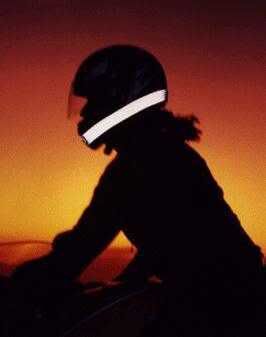

1 Comments:
It's really a sad sight to see...
I pray they RIP...
Post a Comment
<< Home